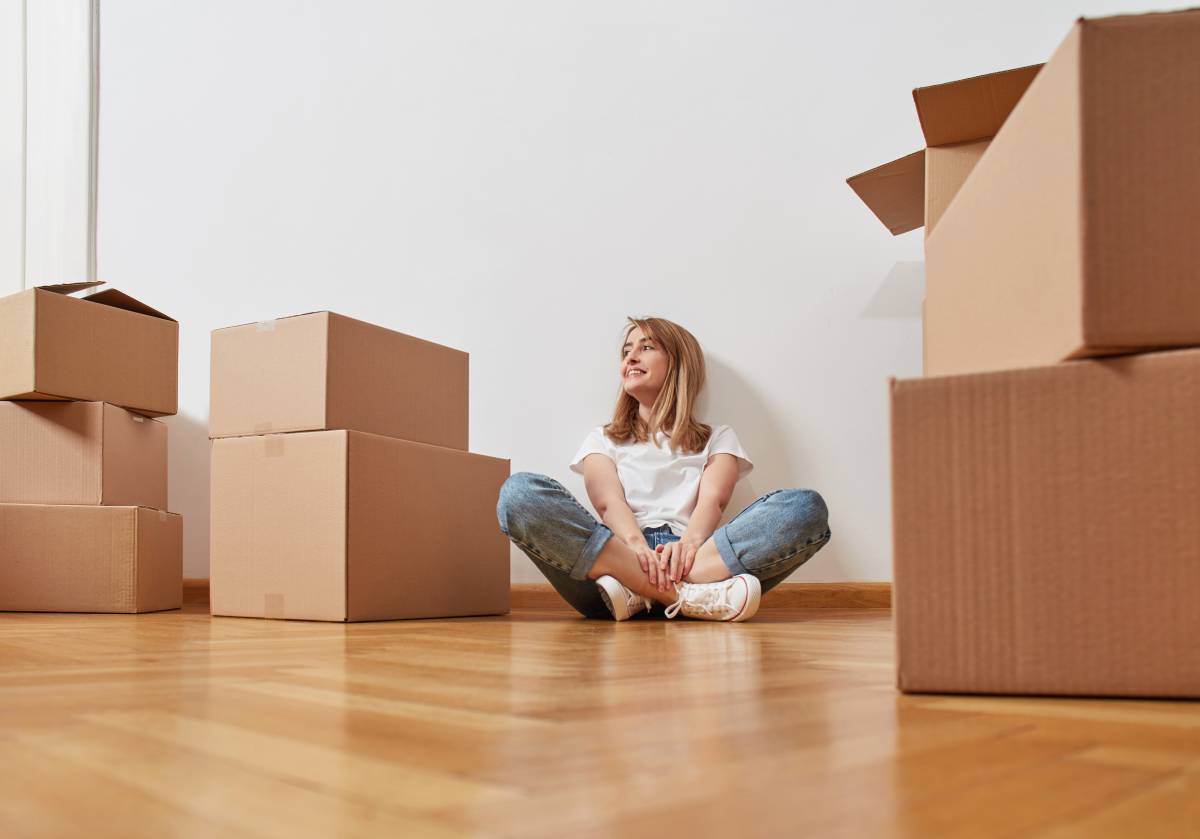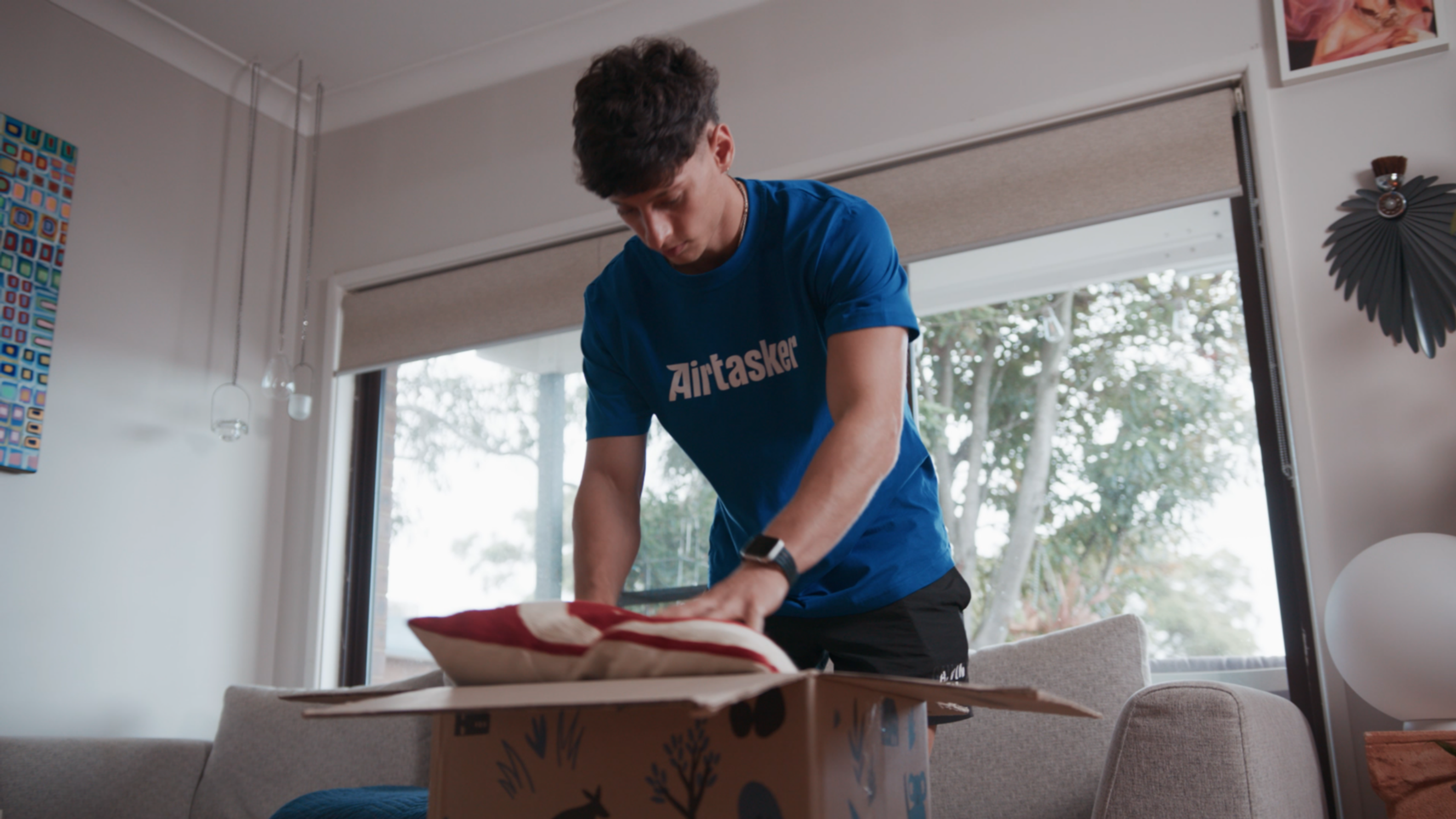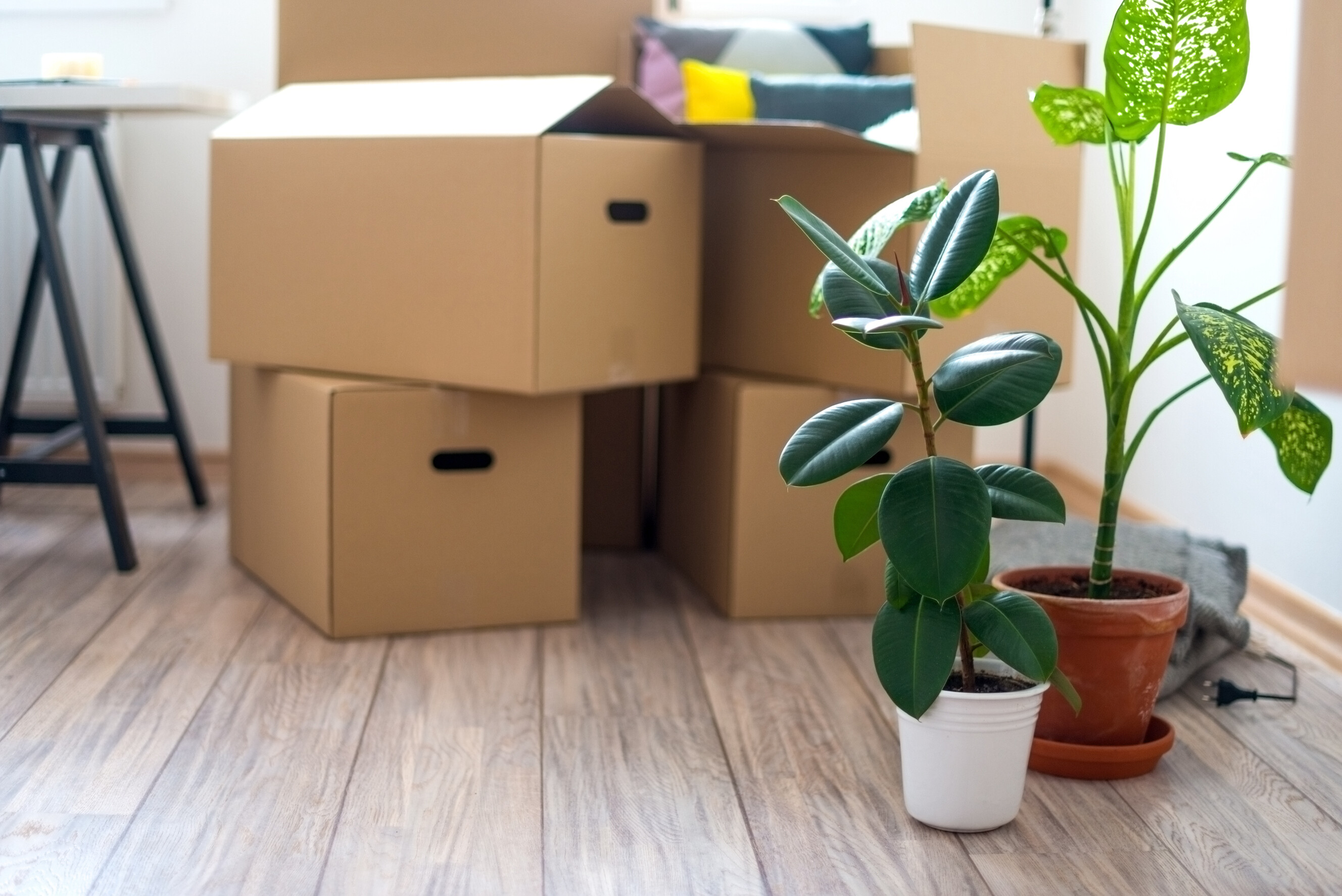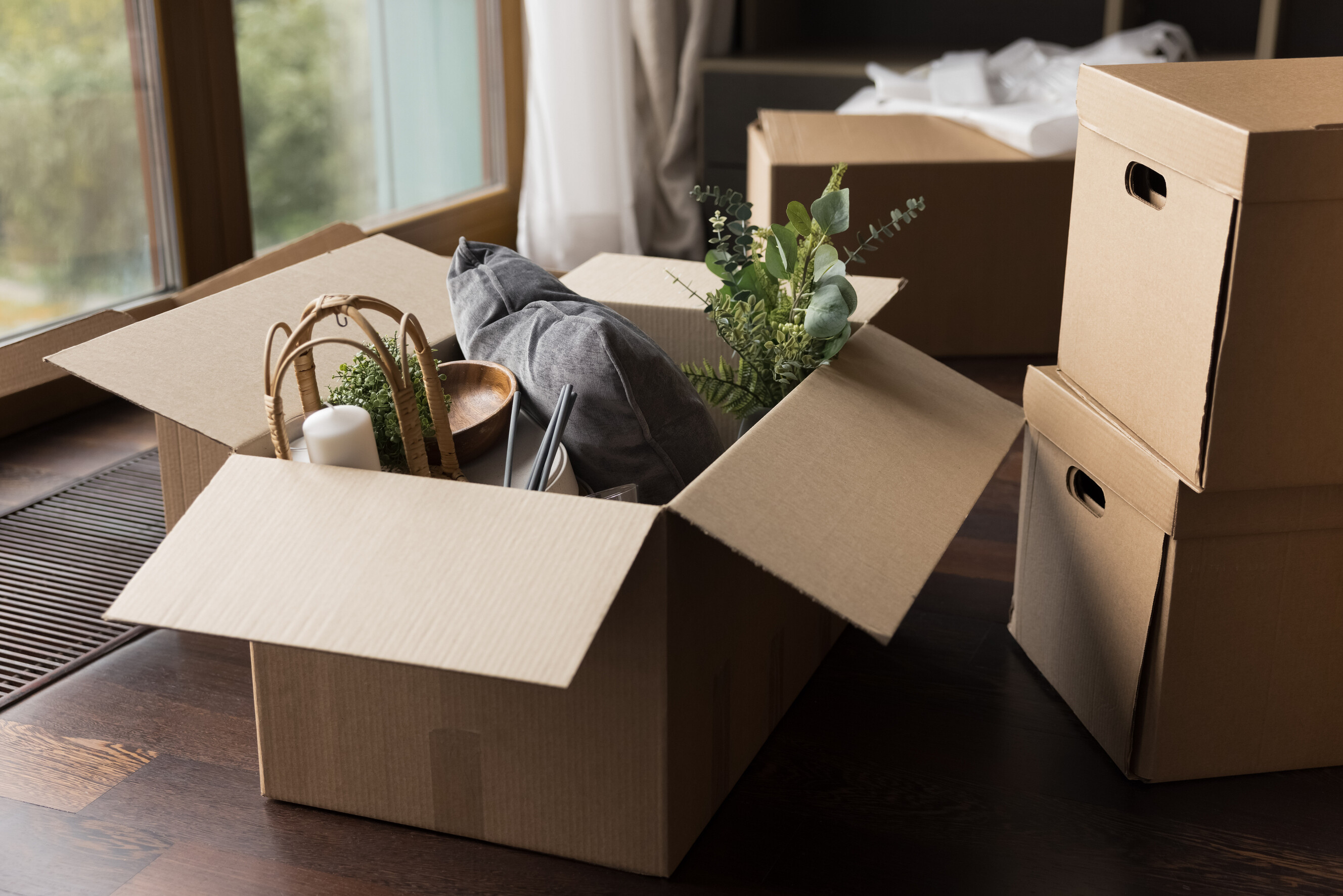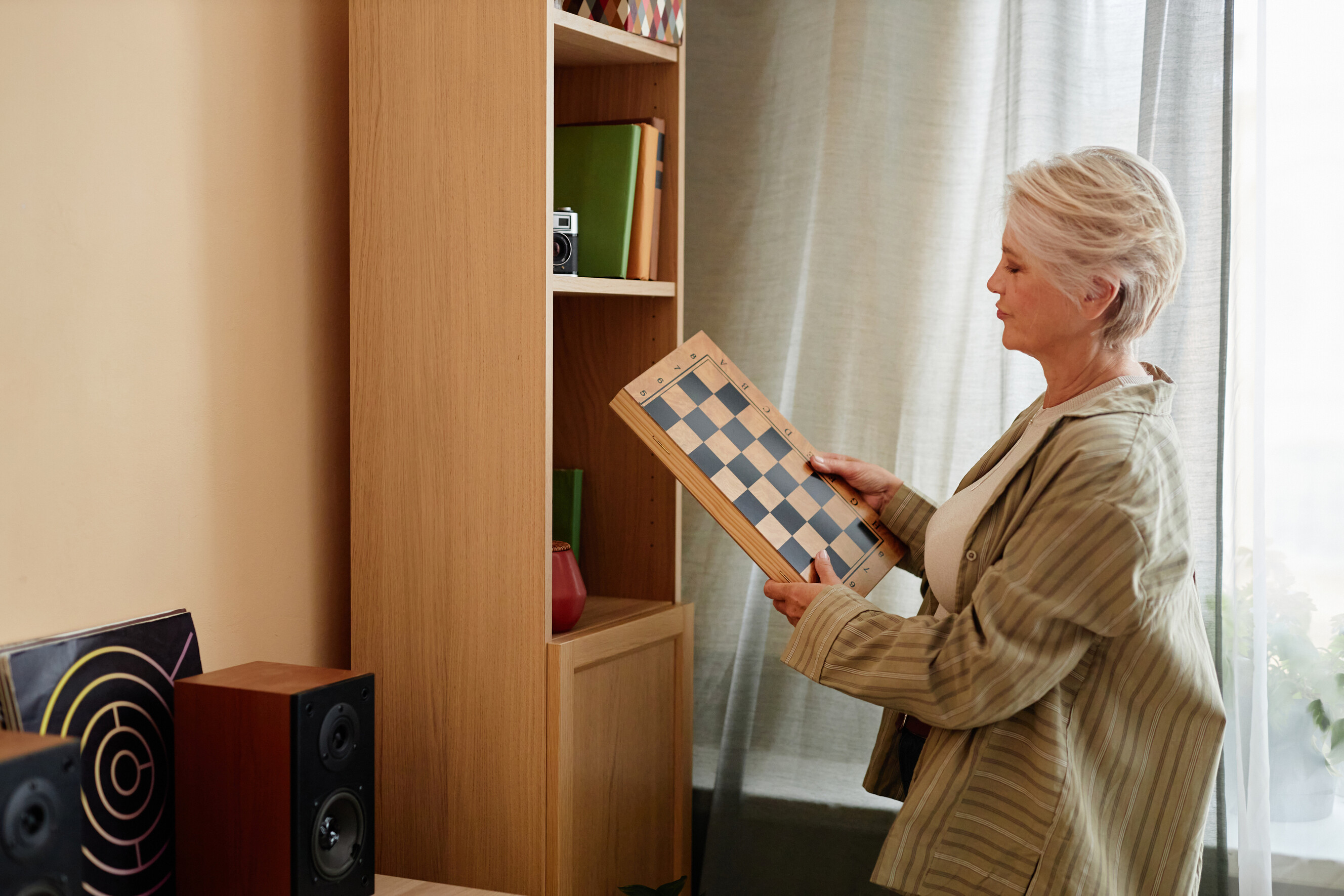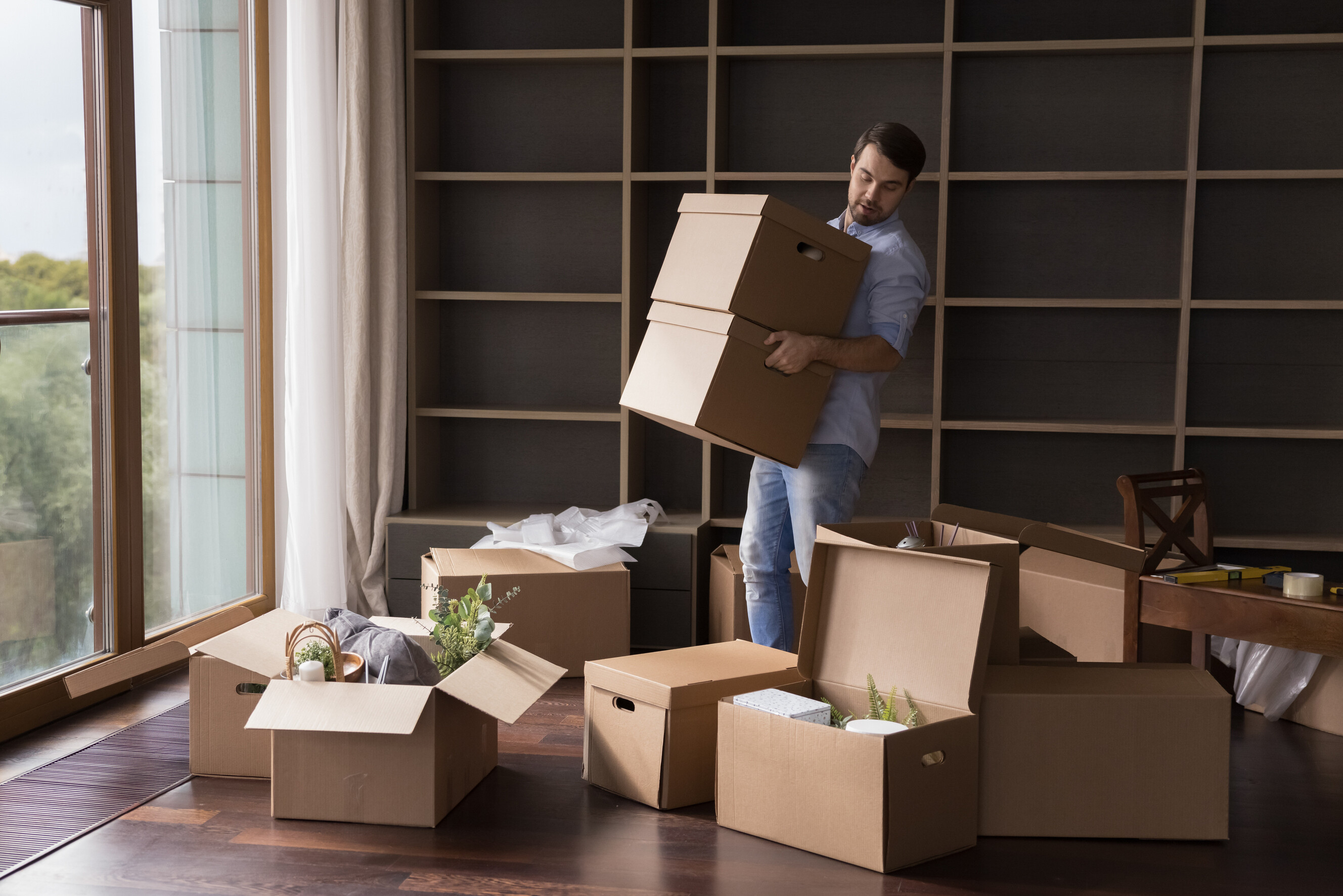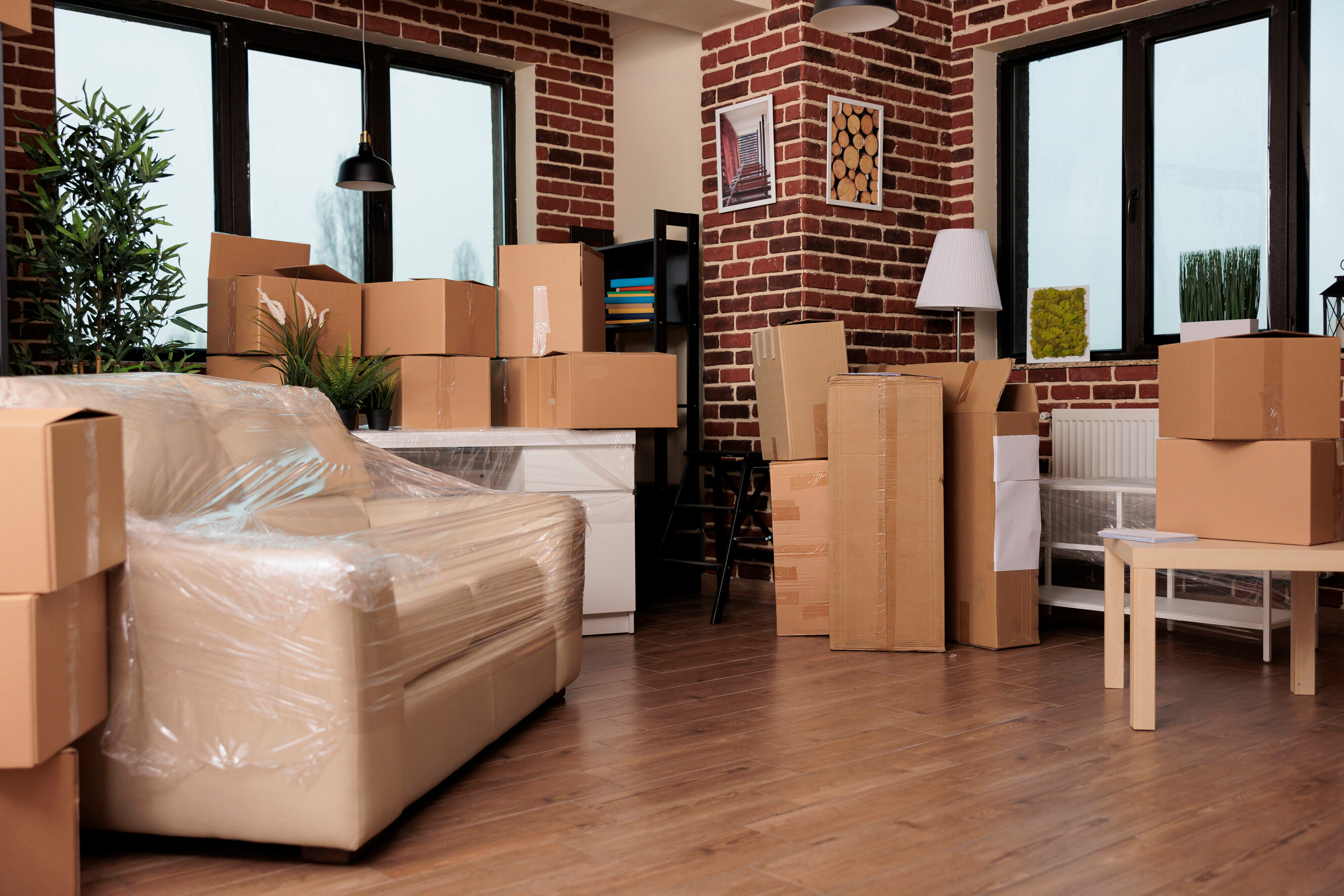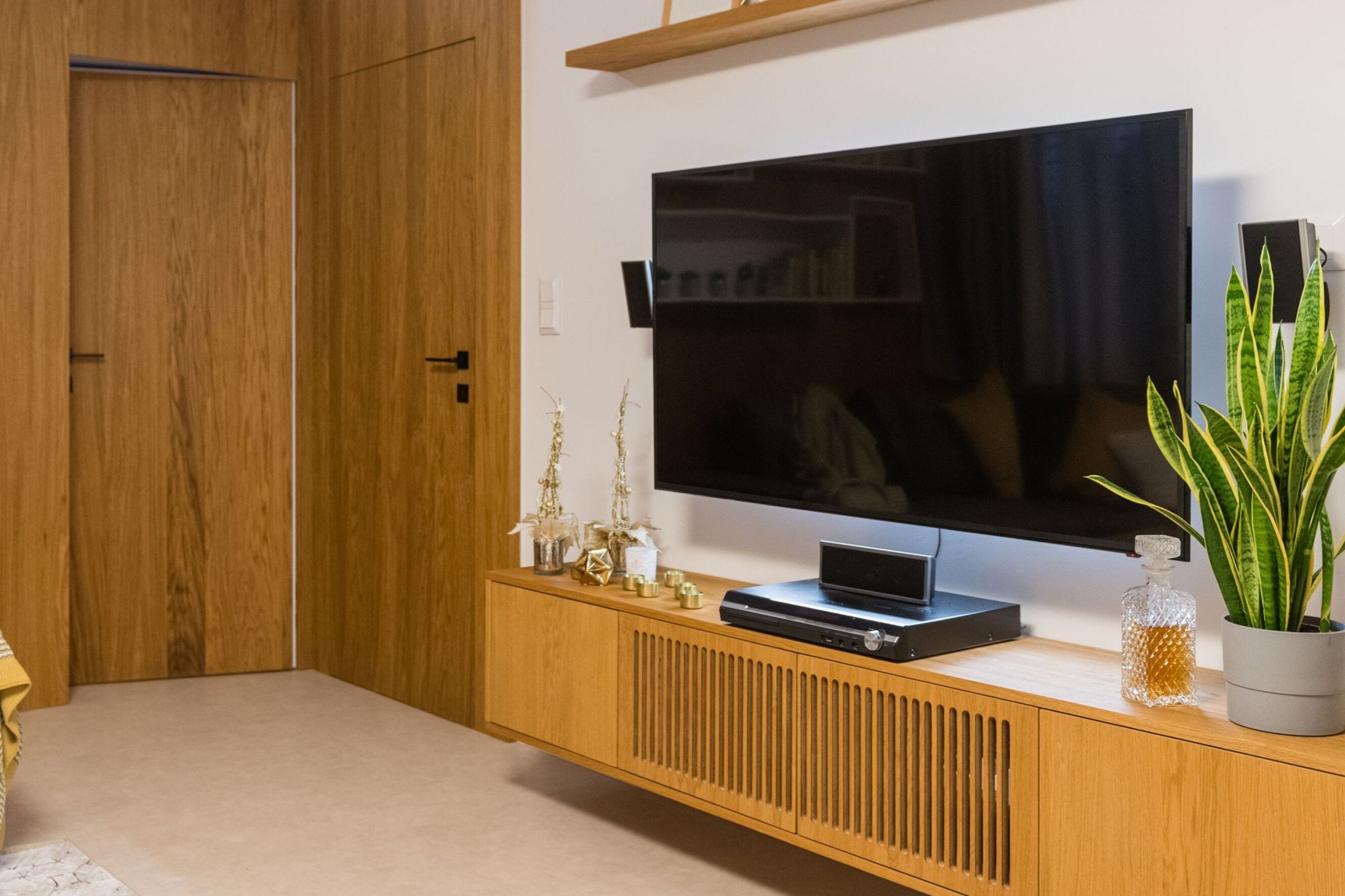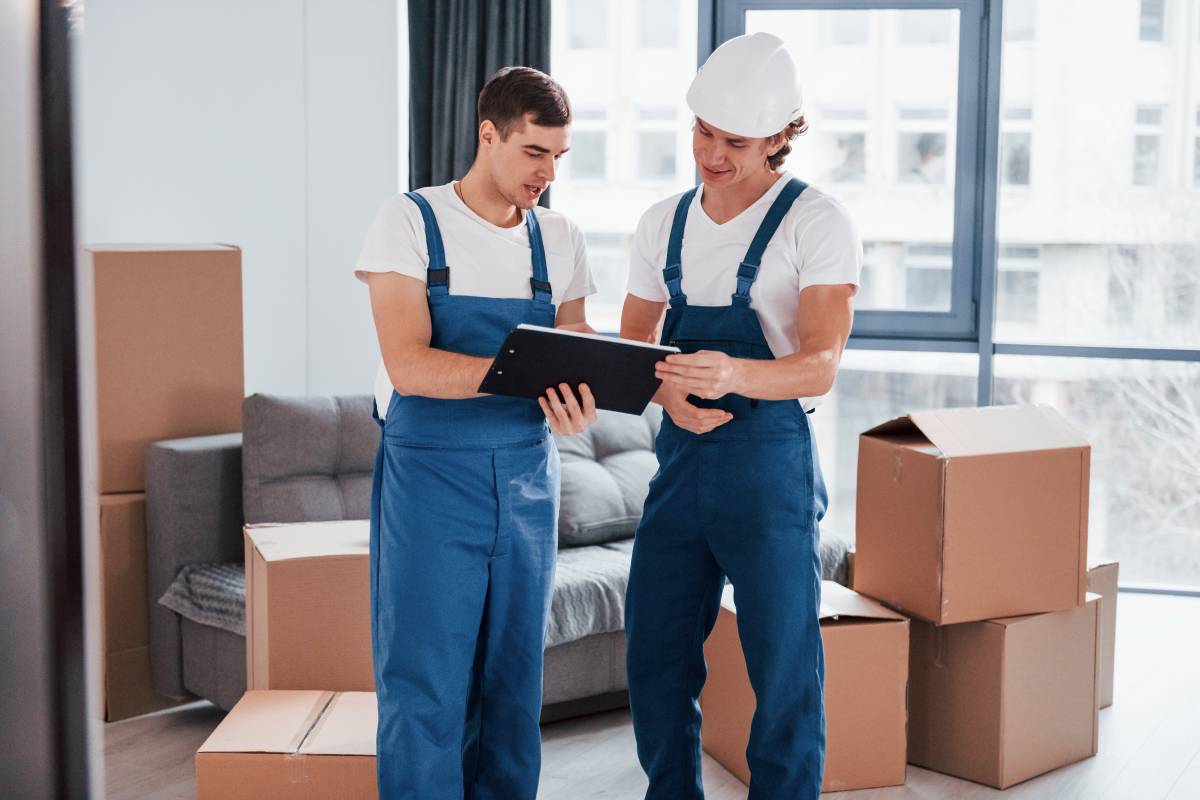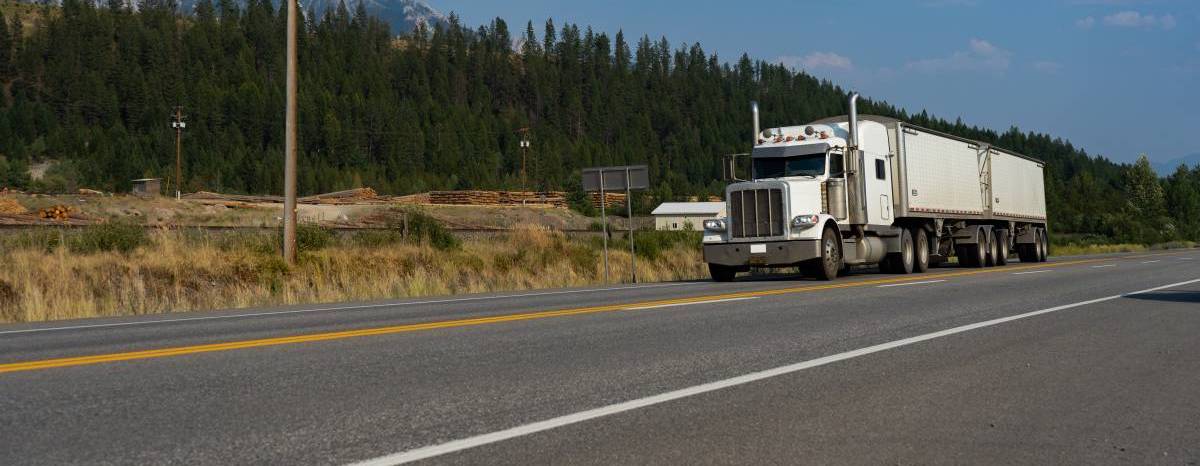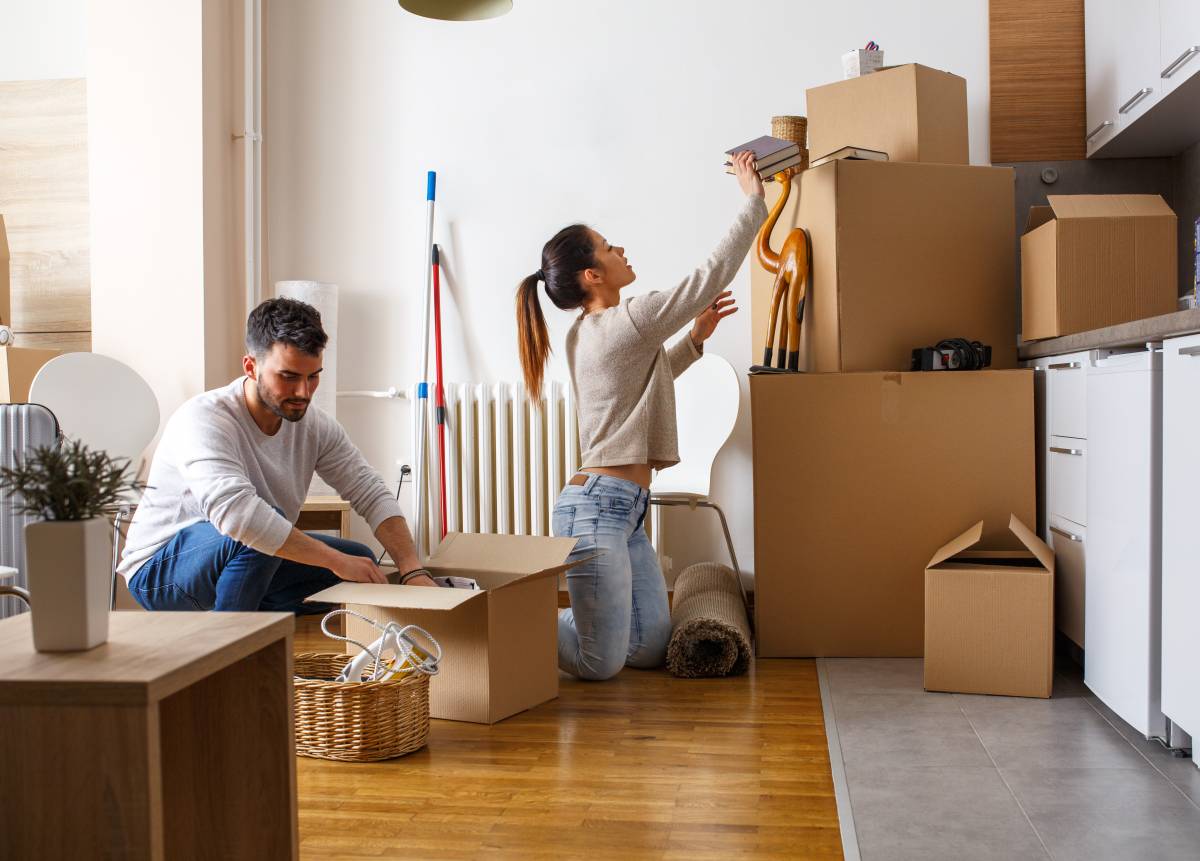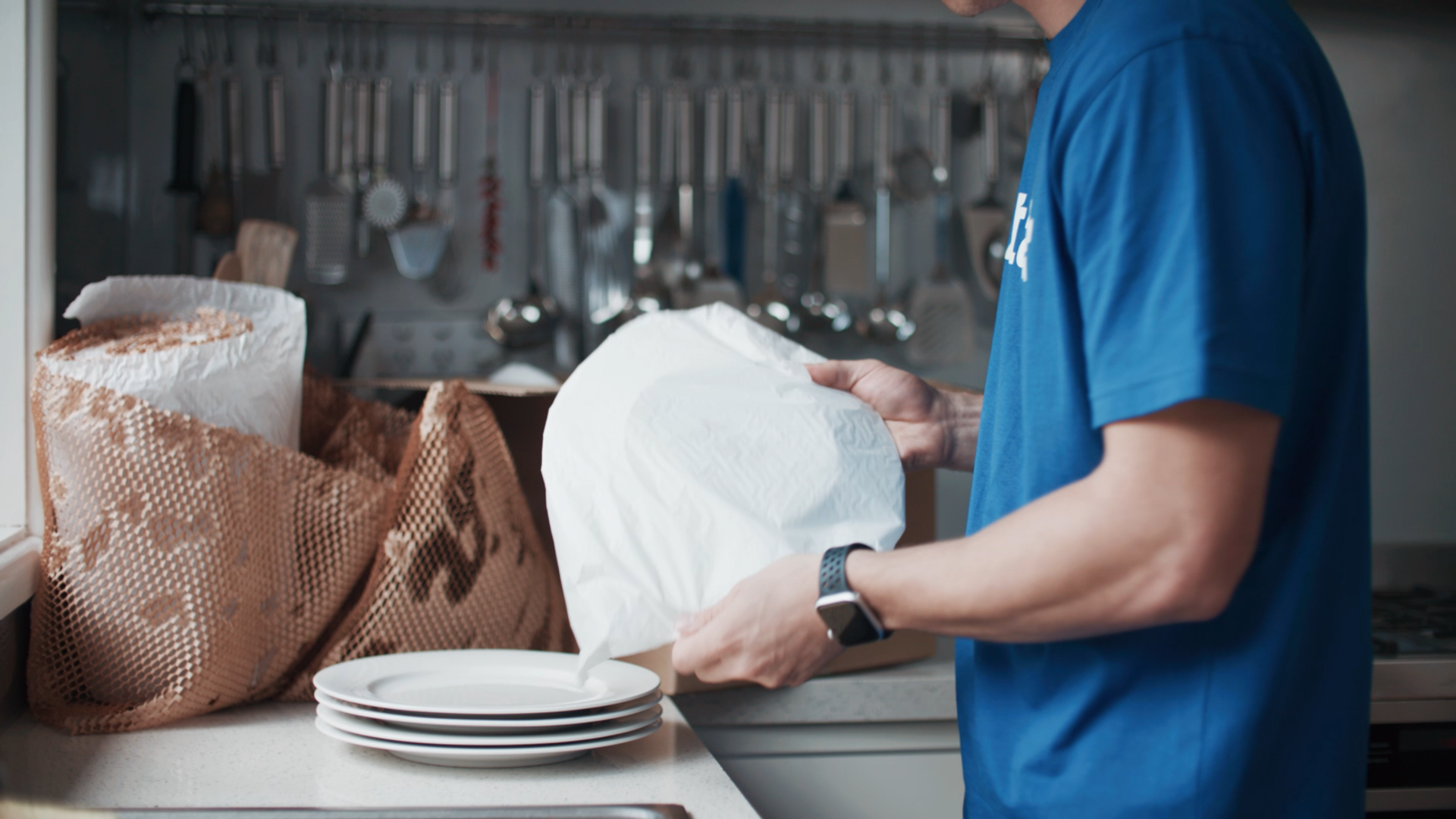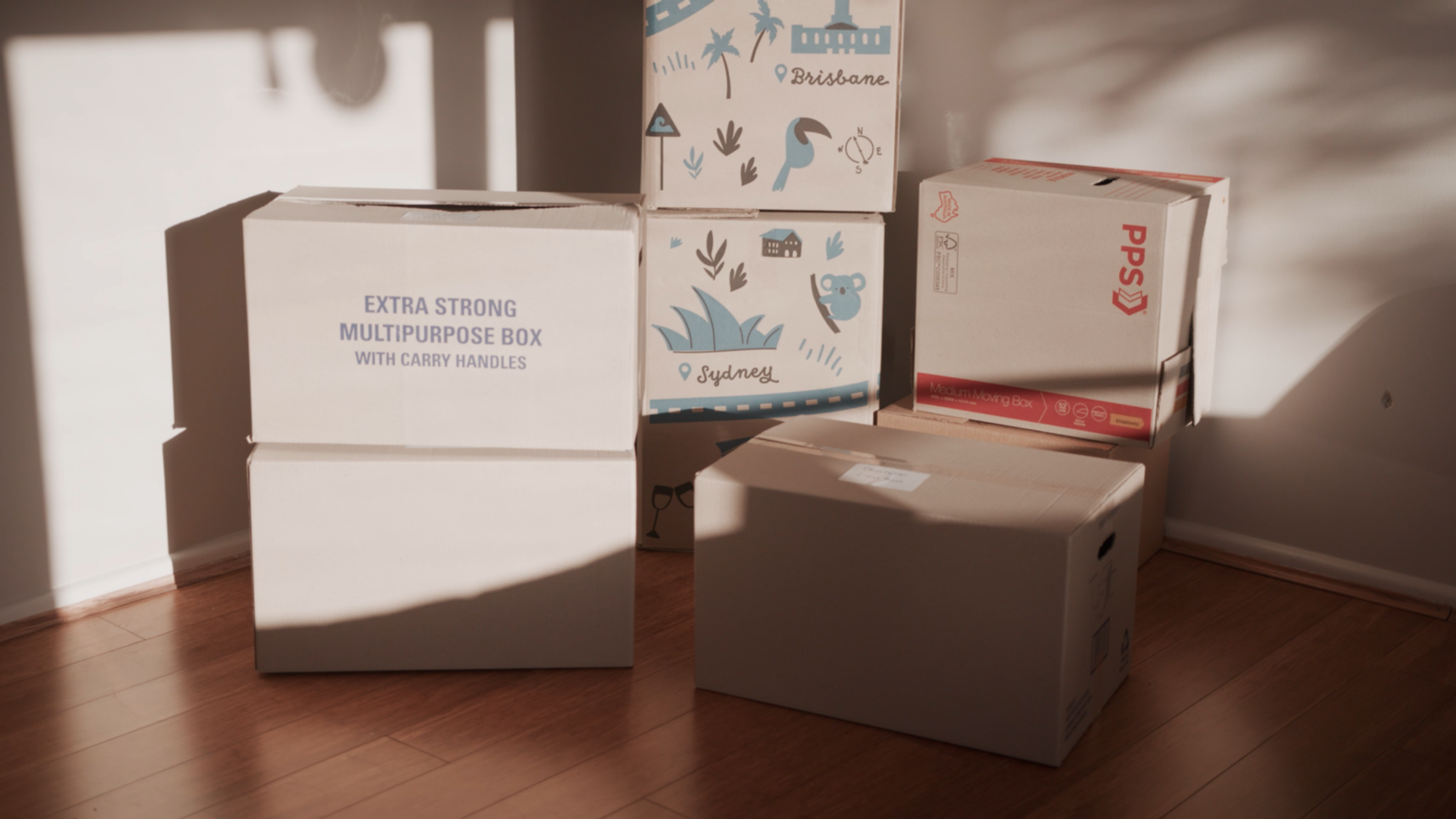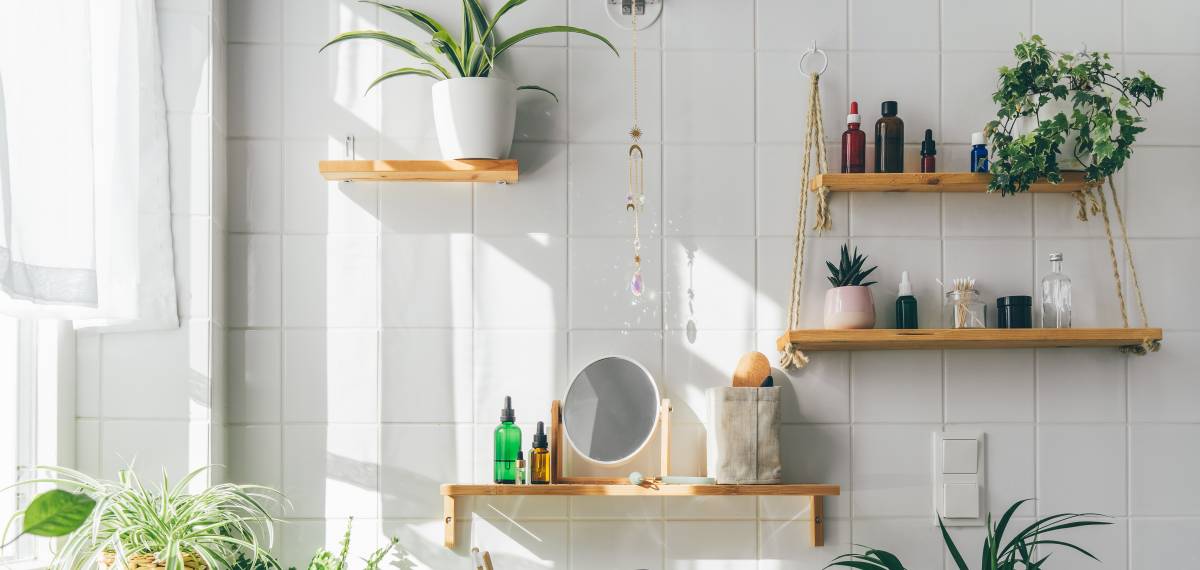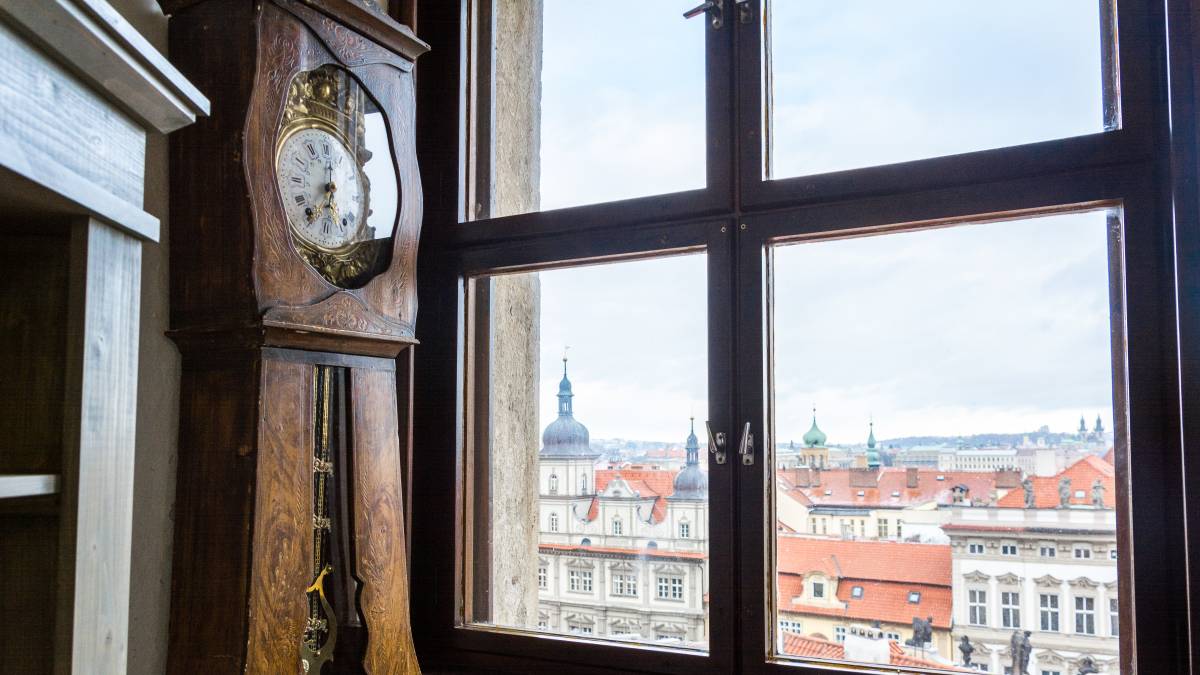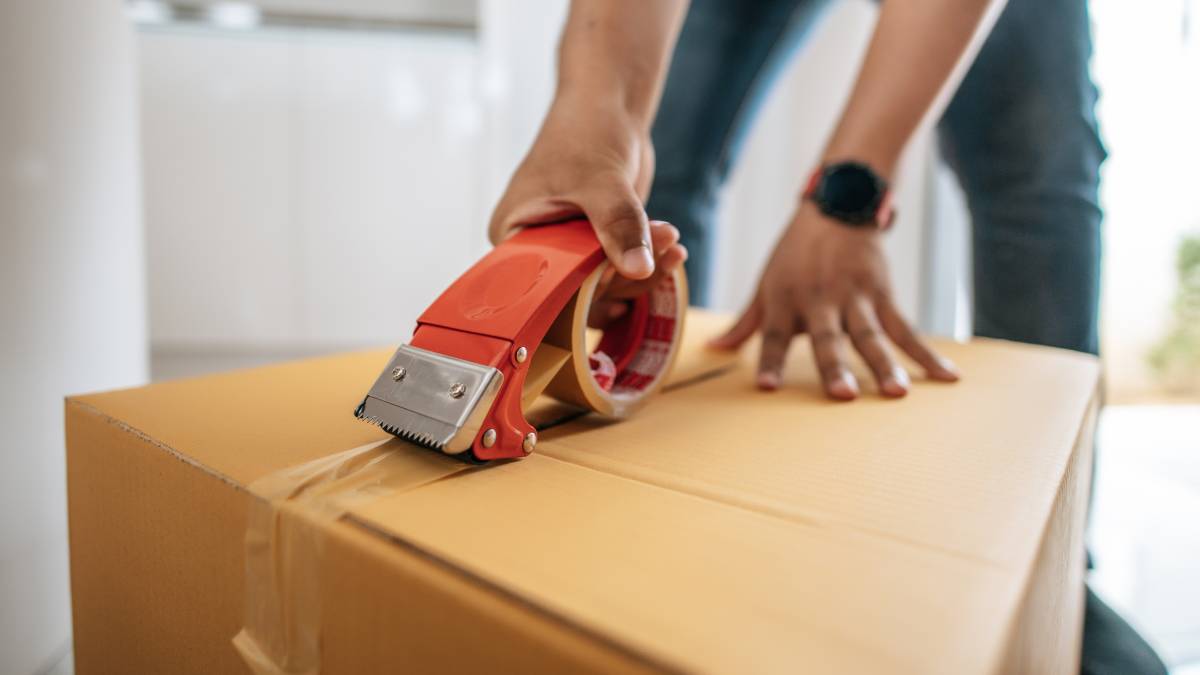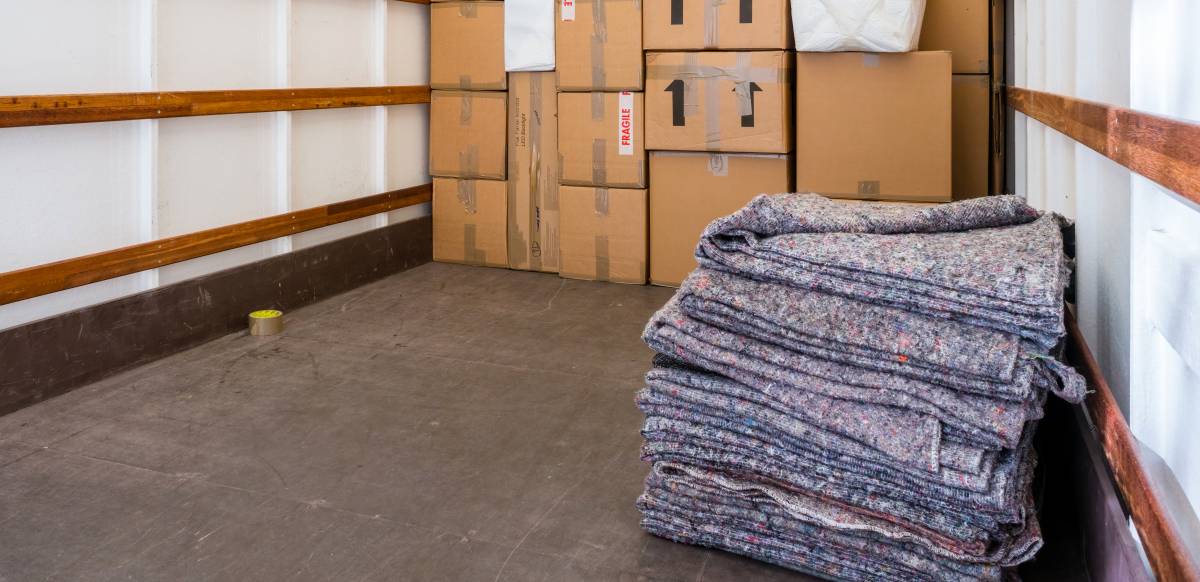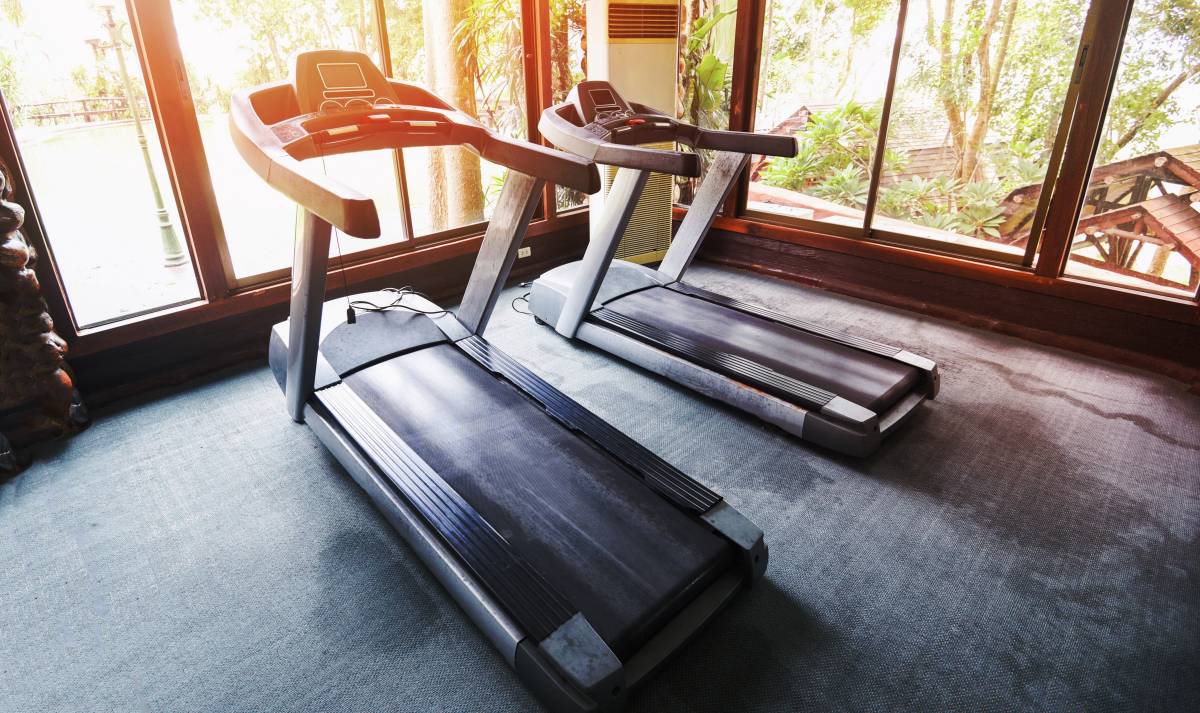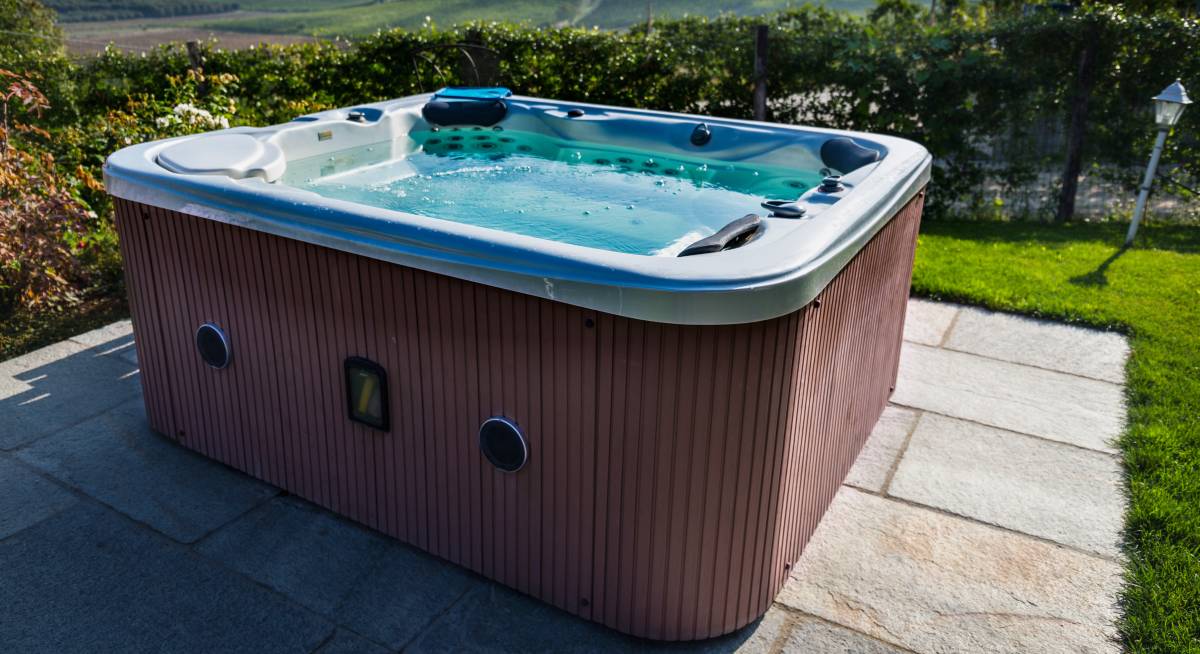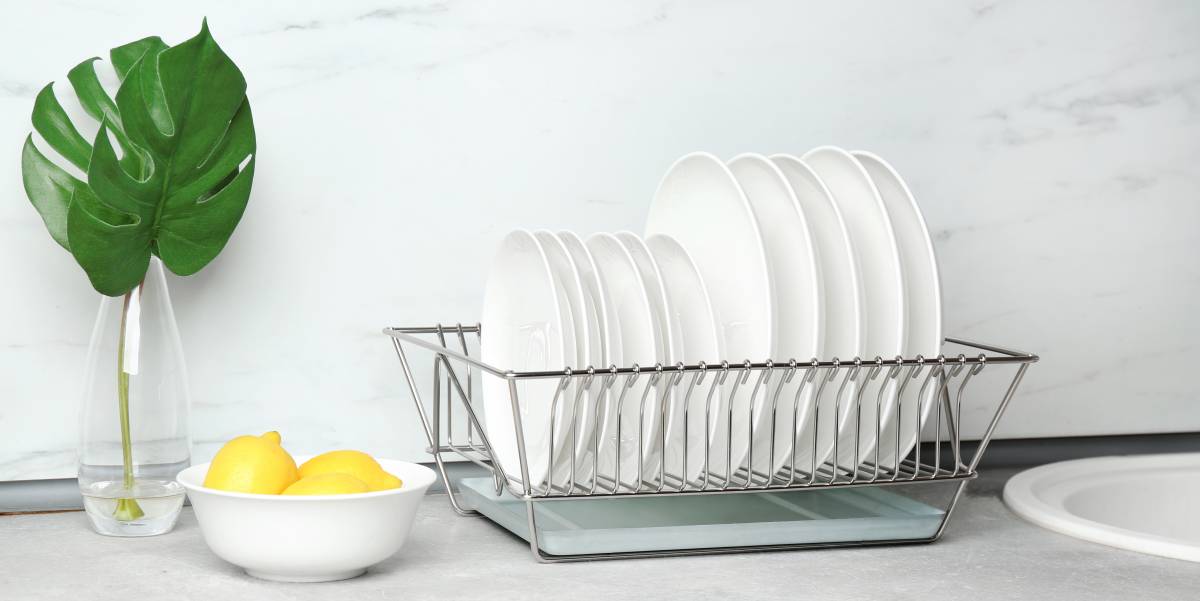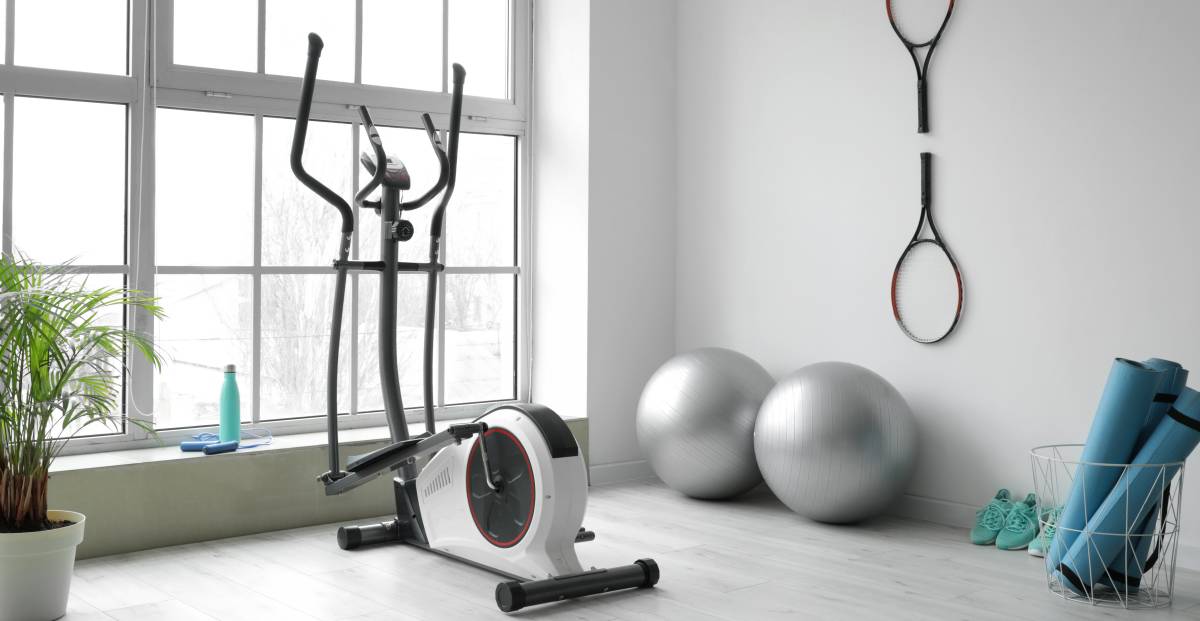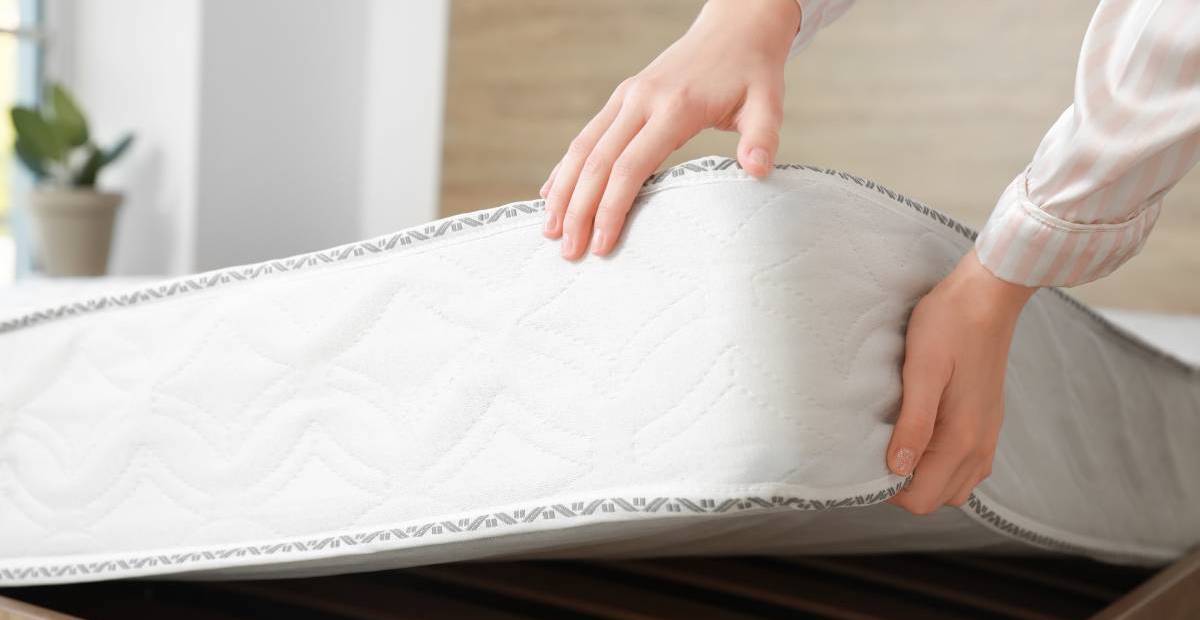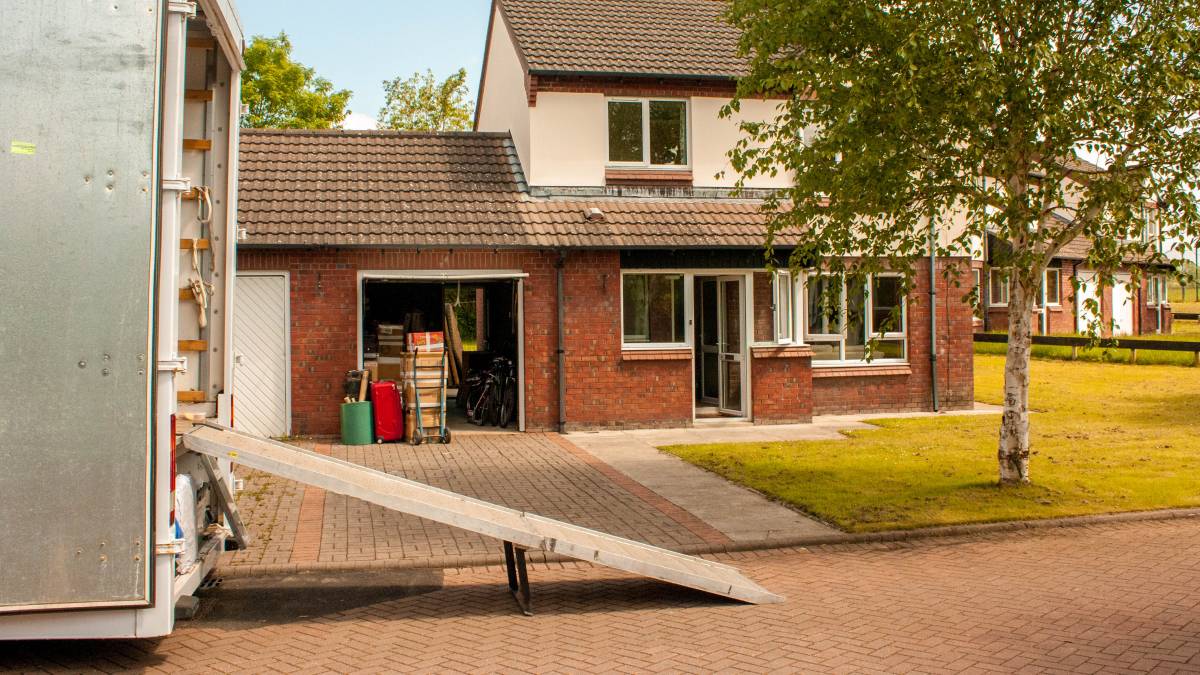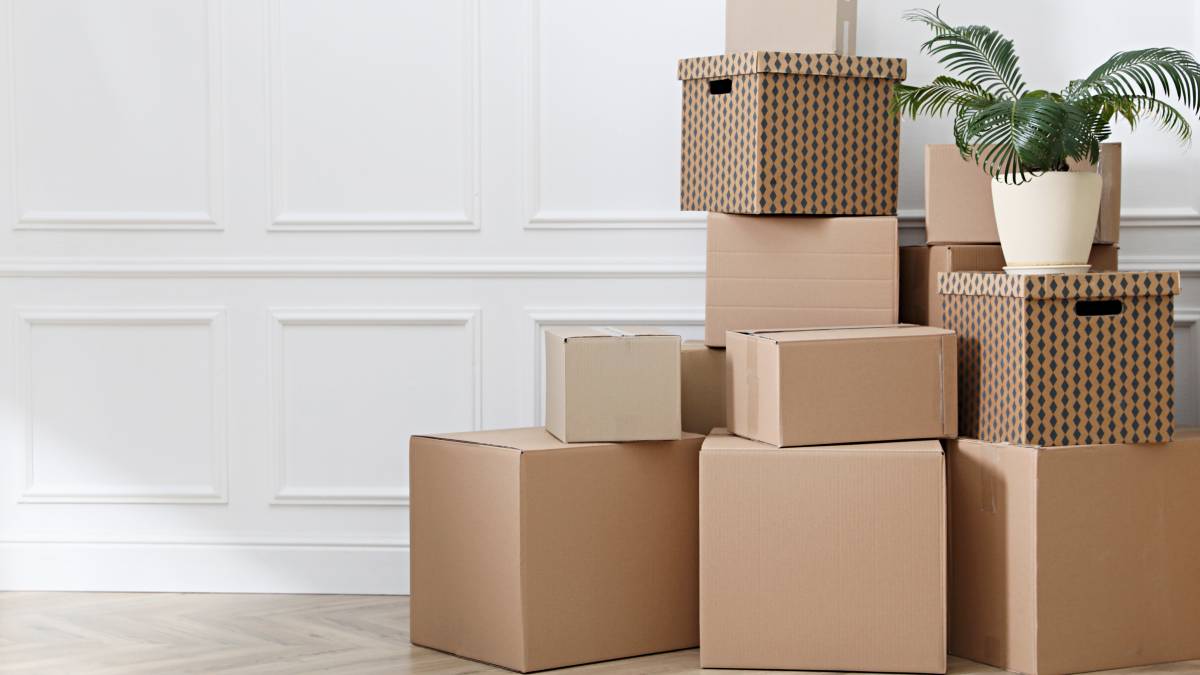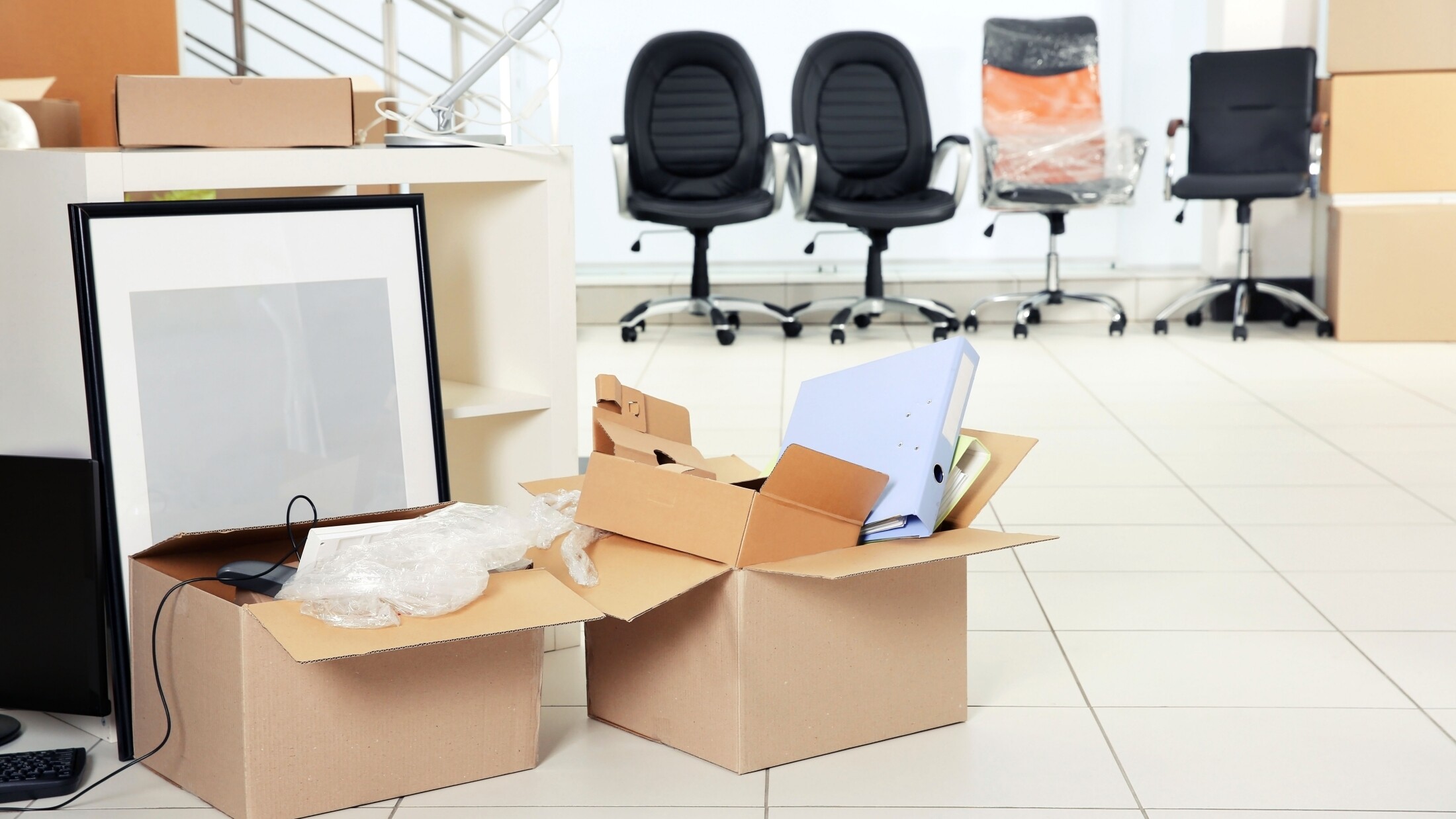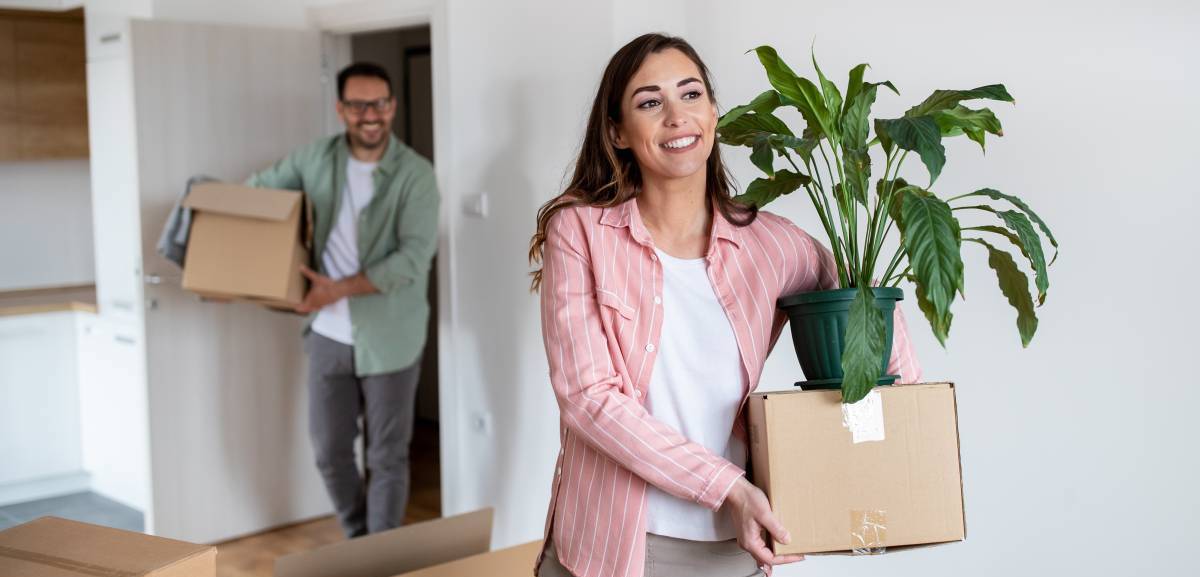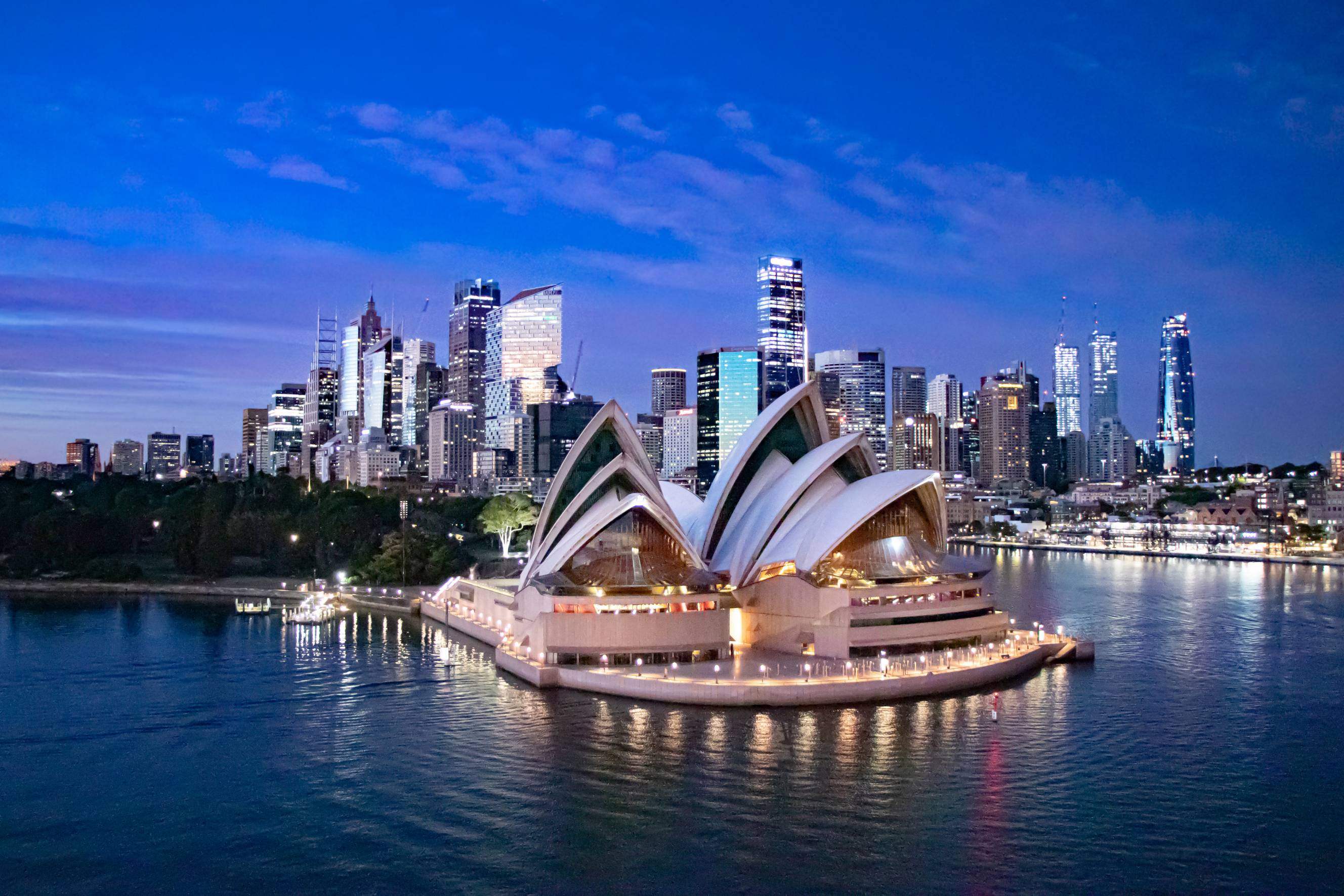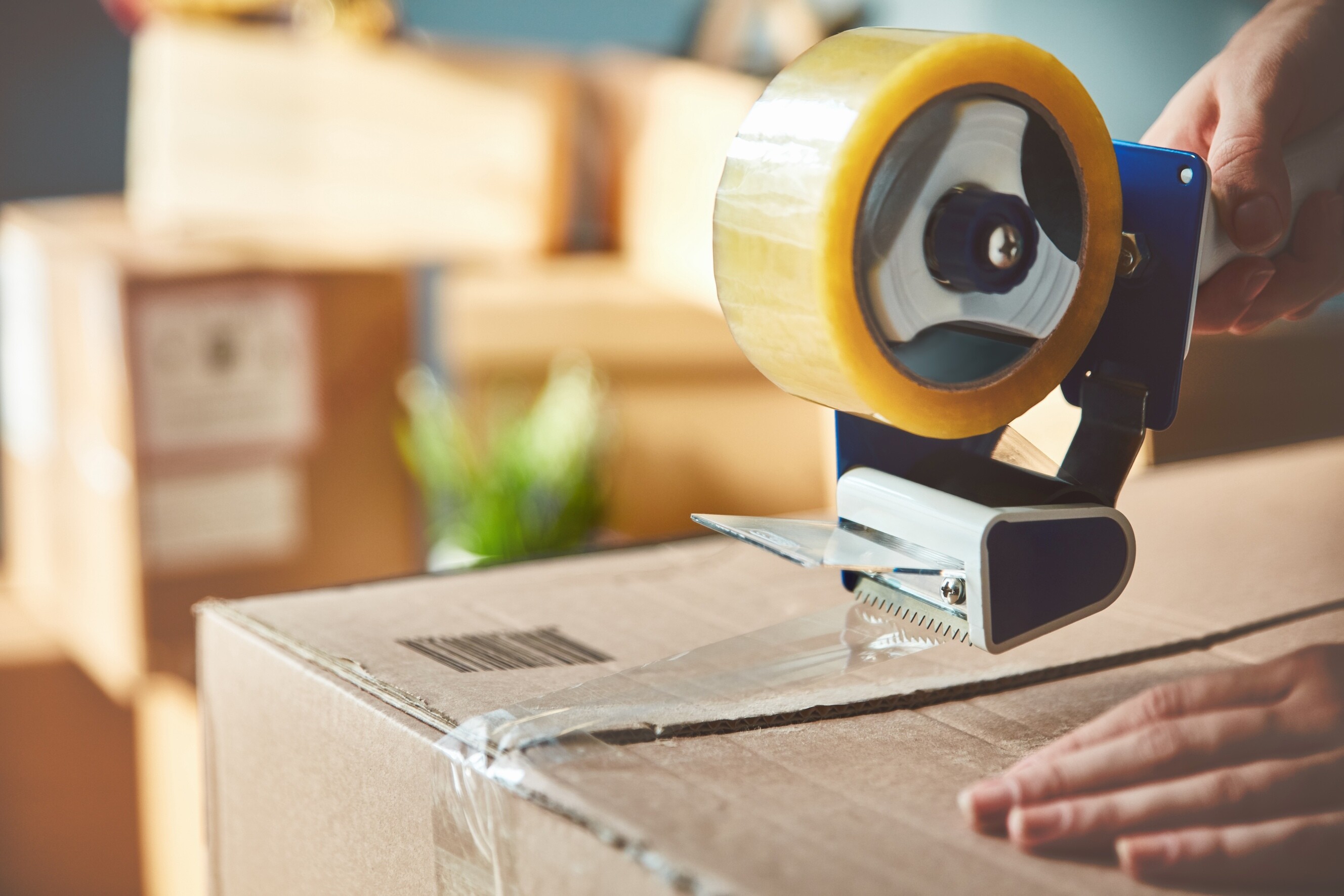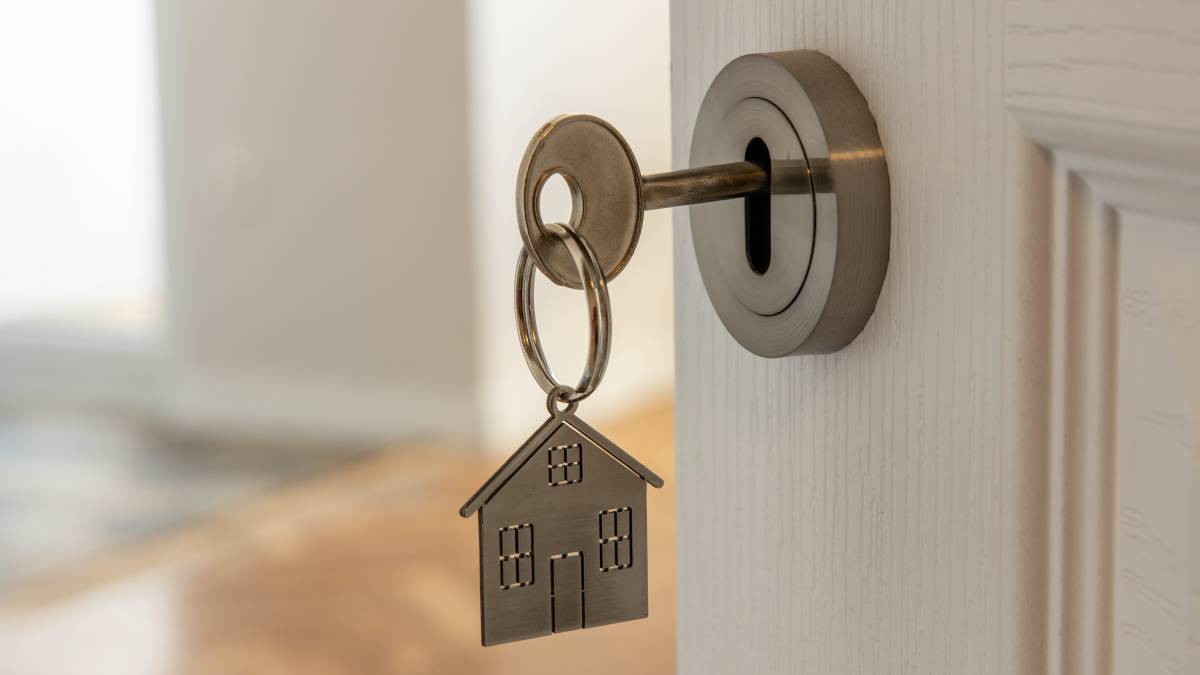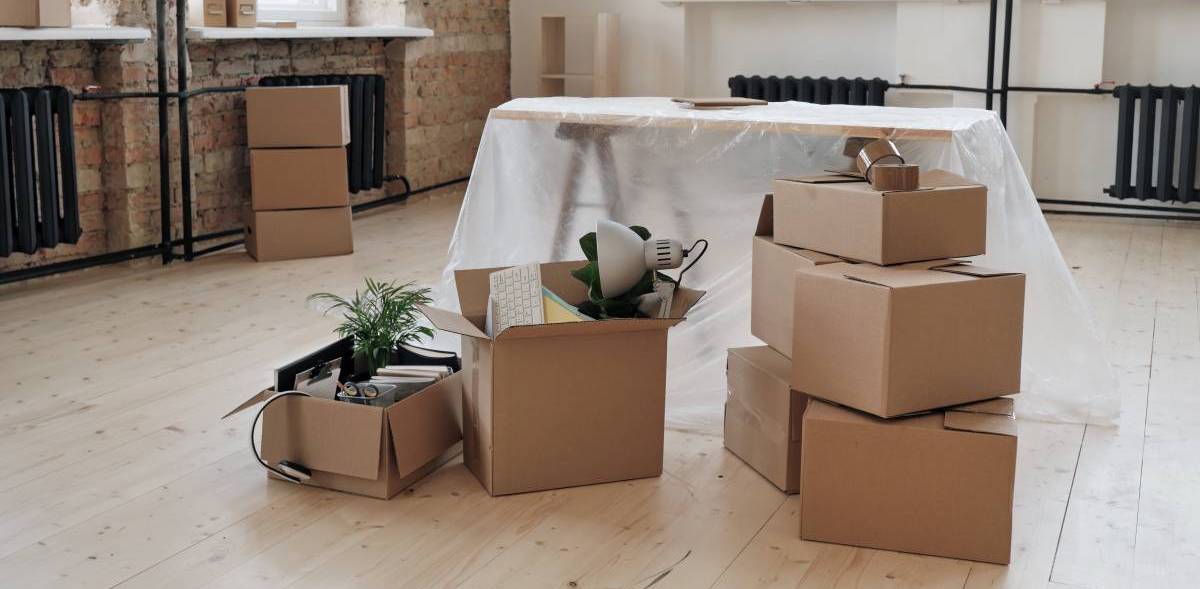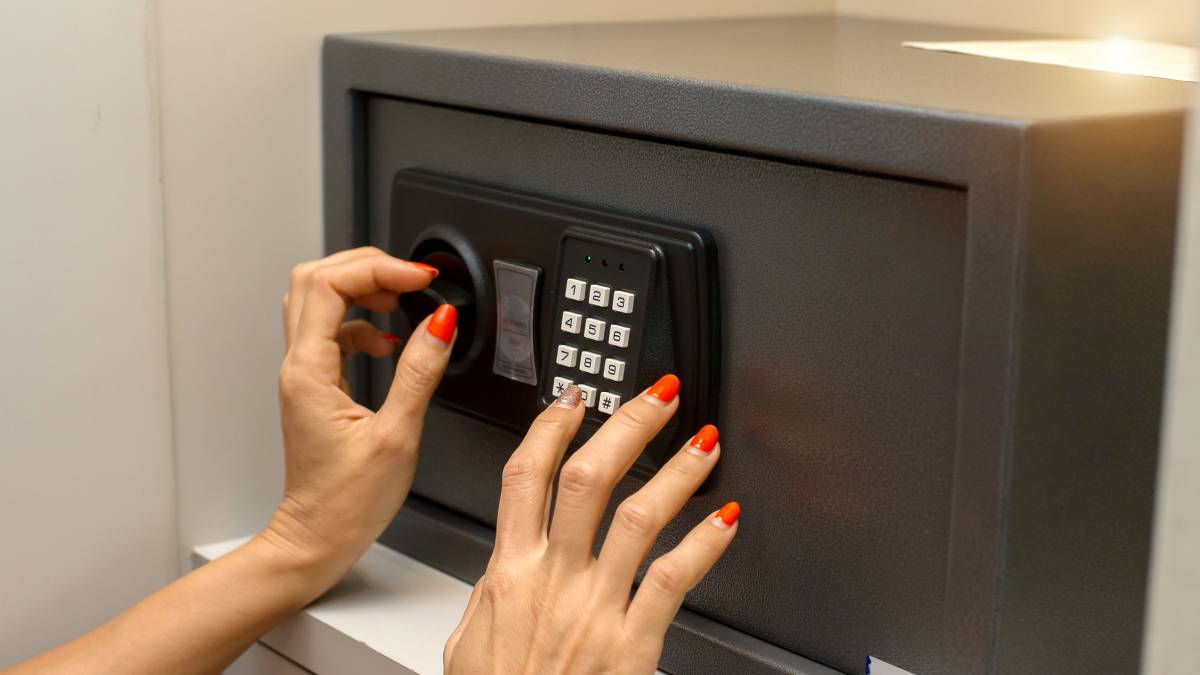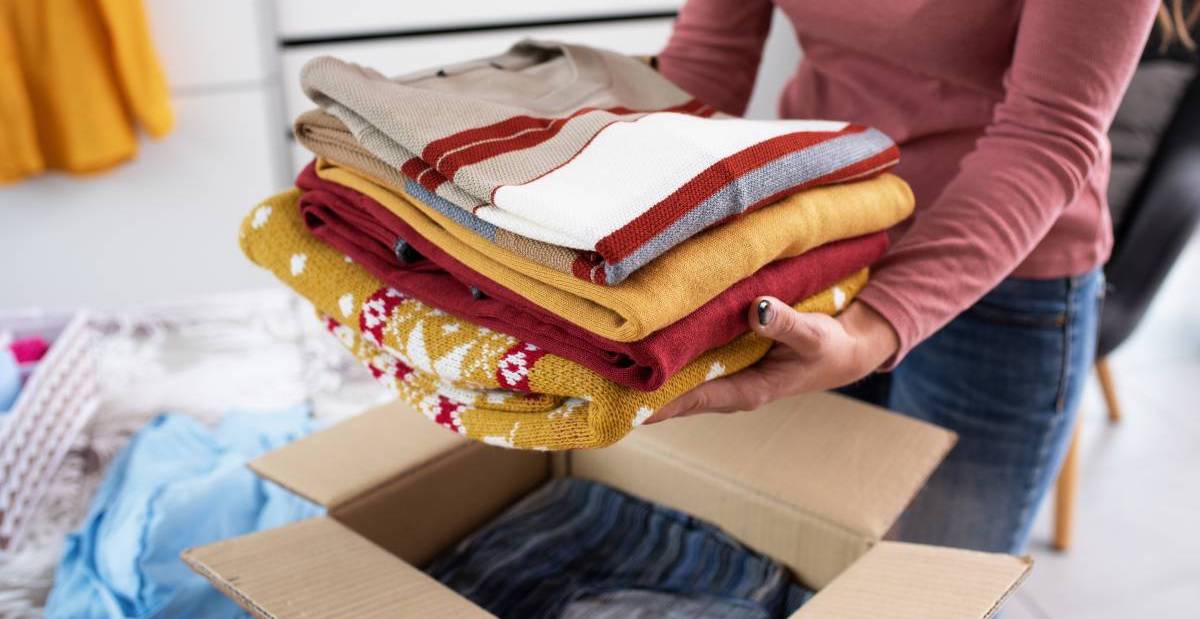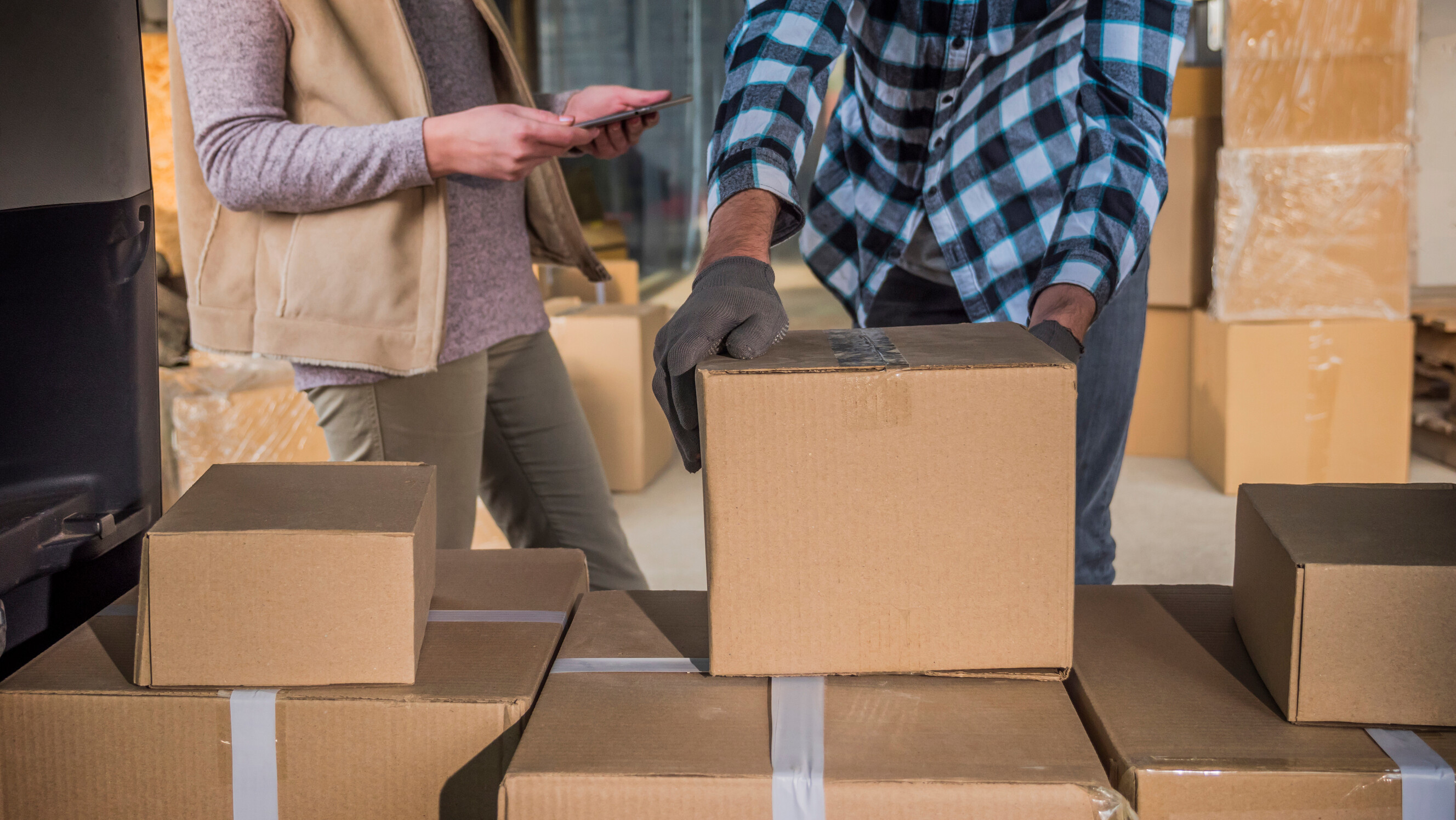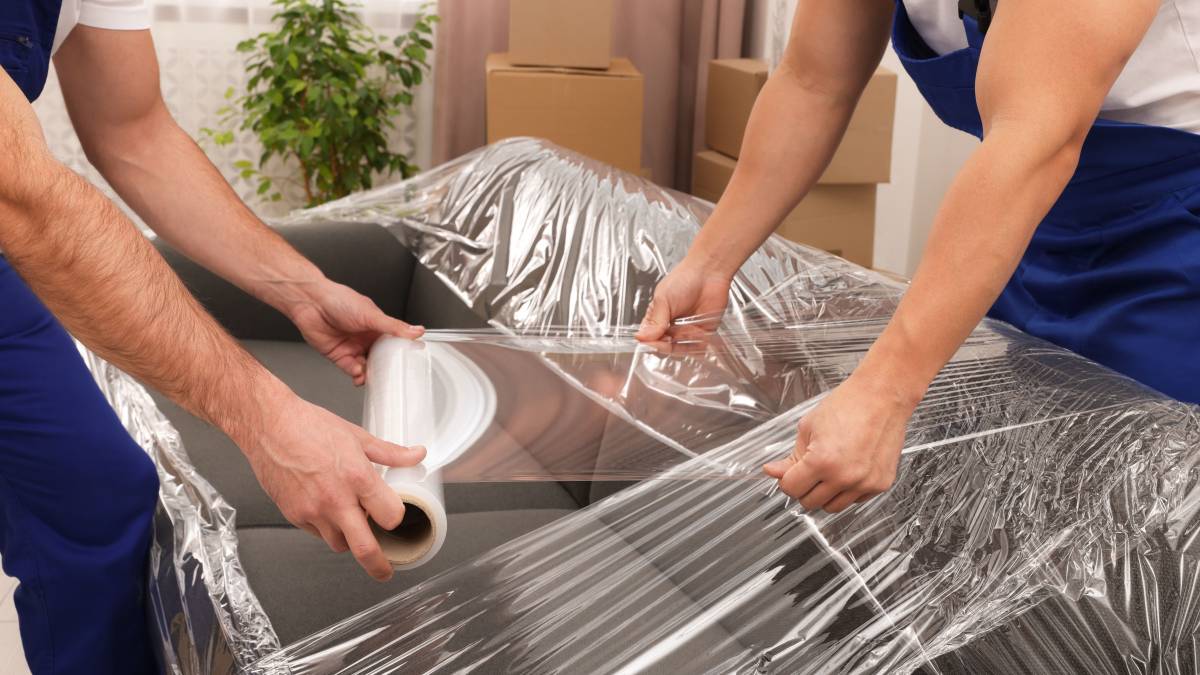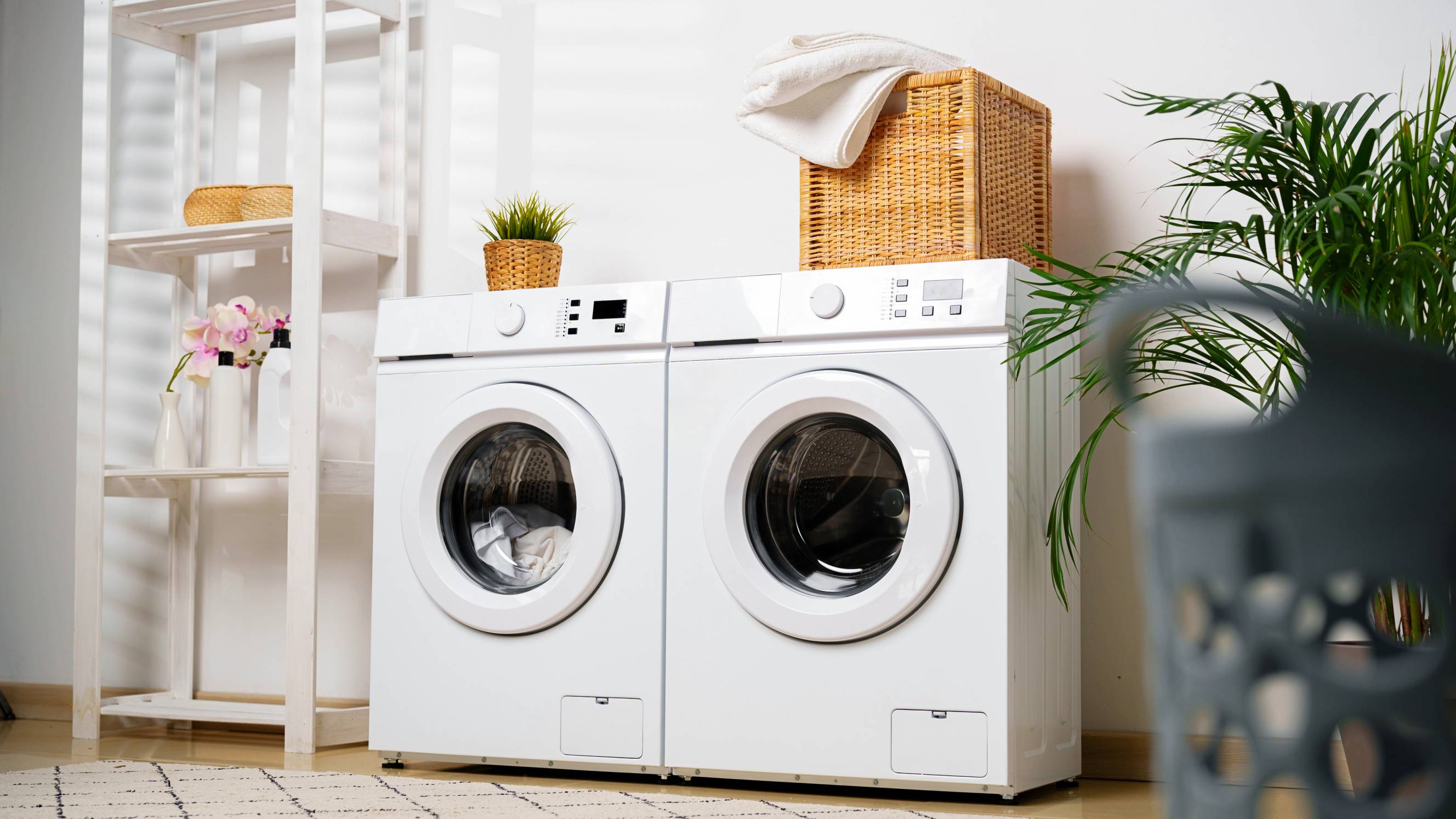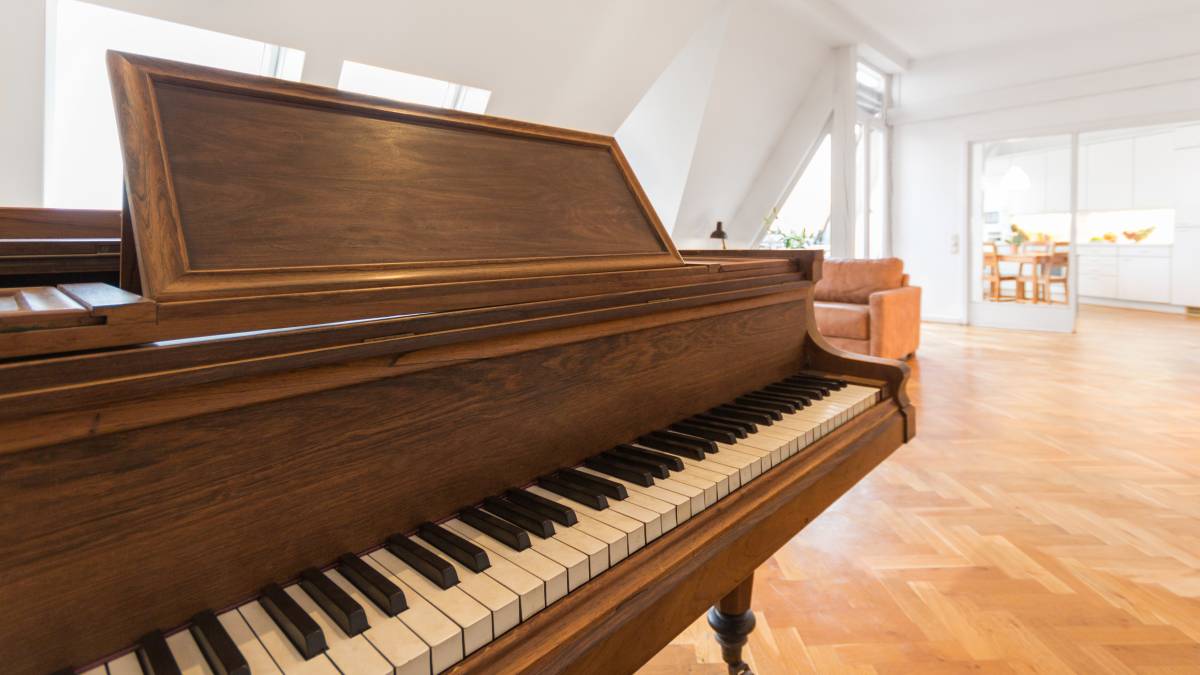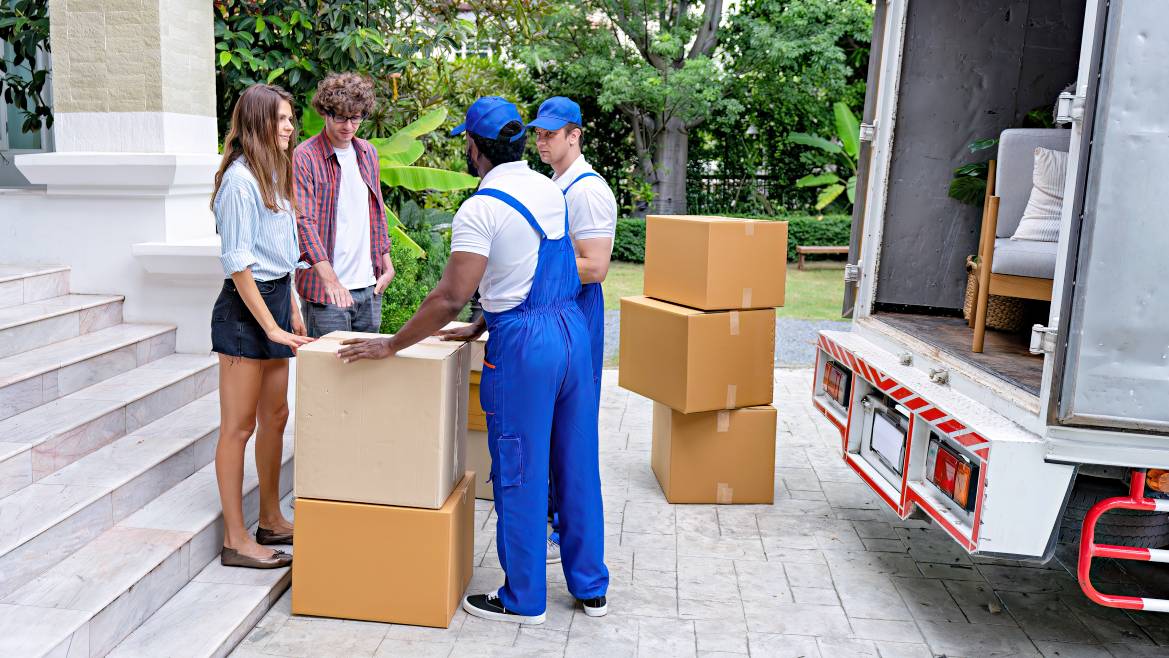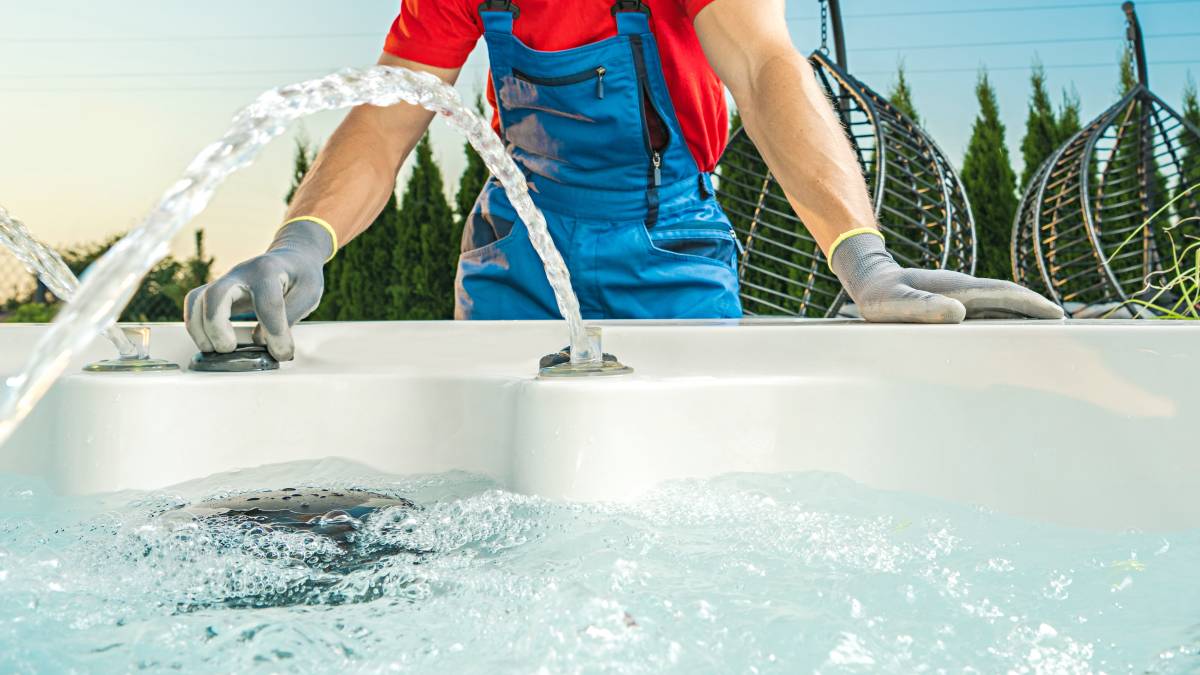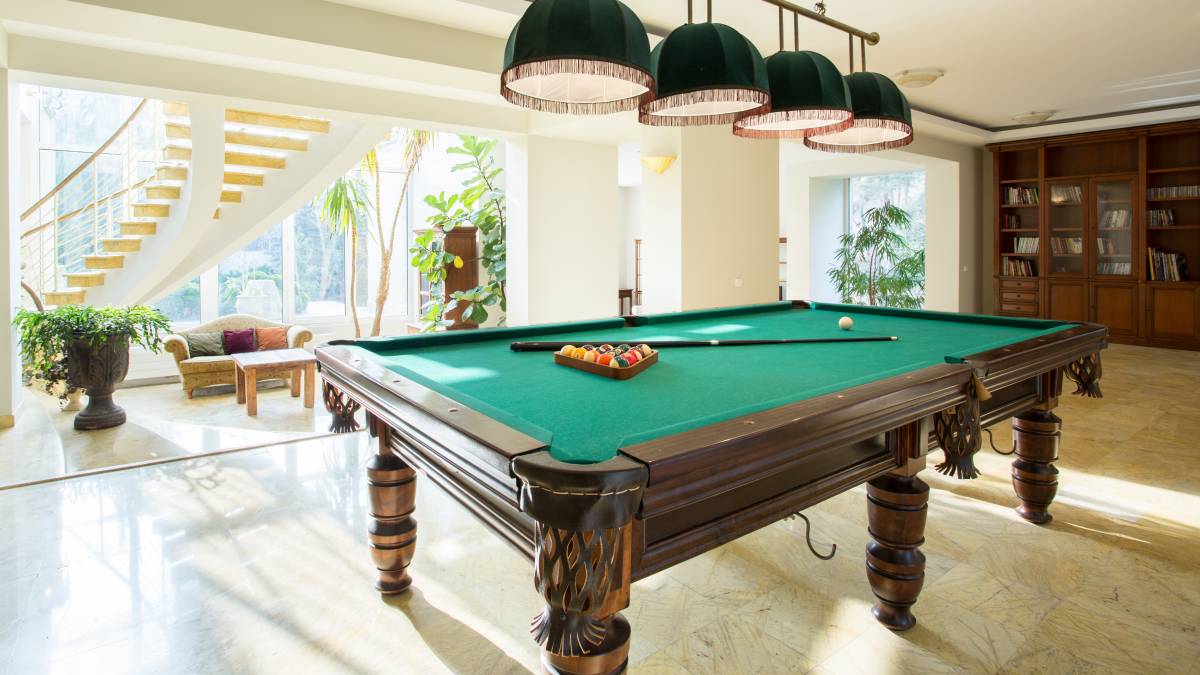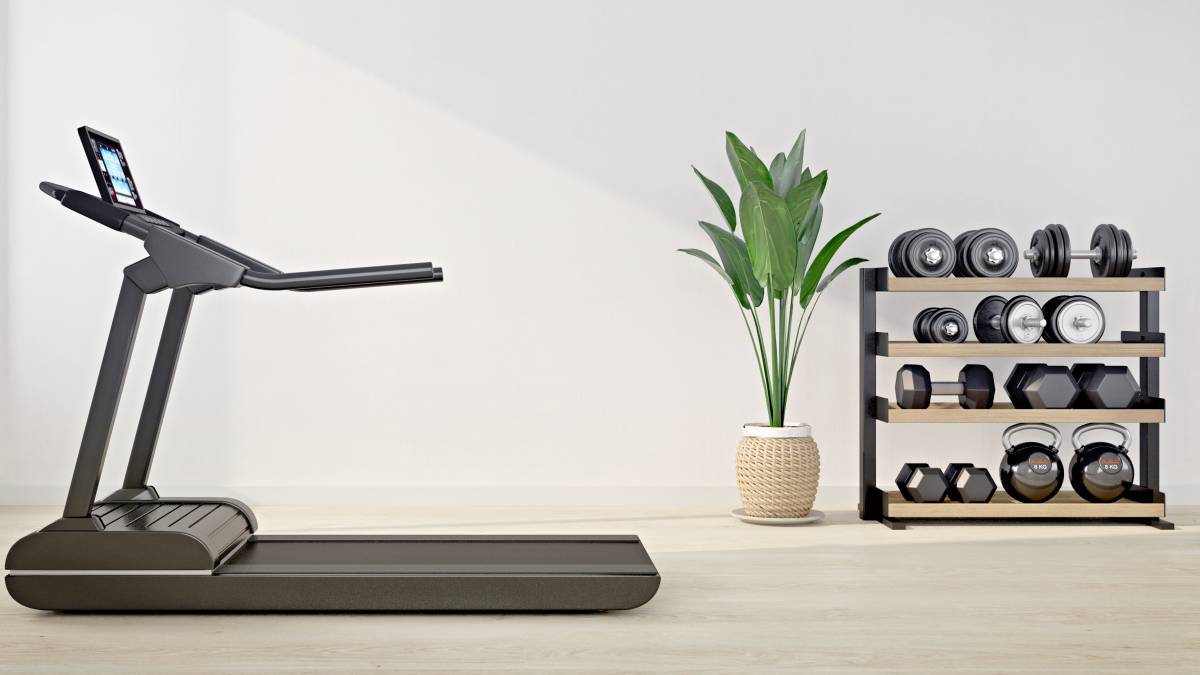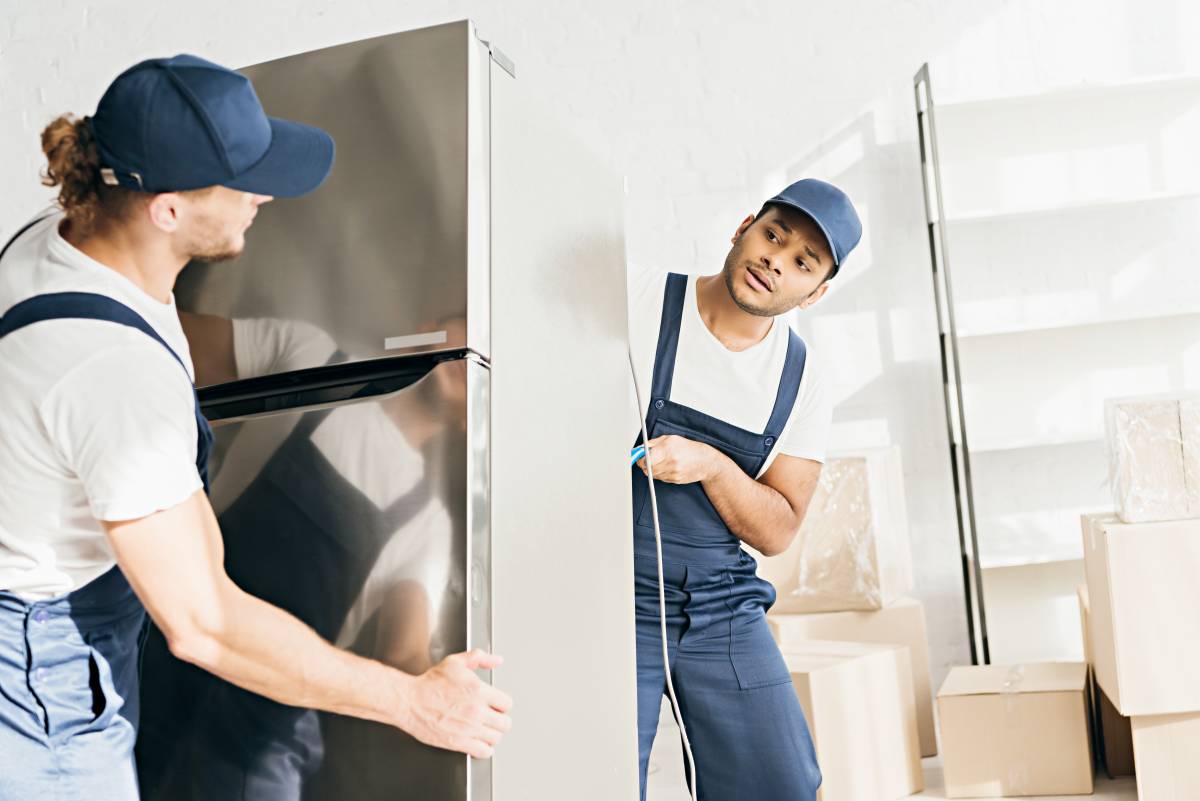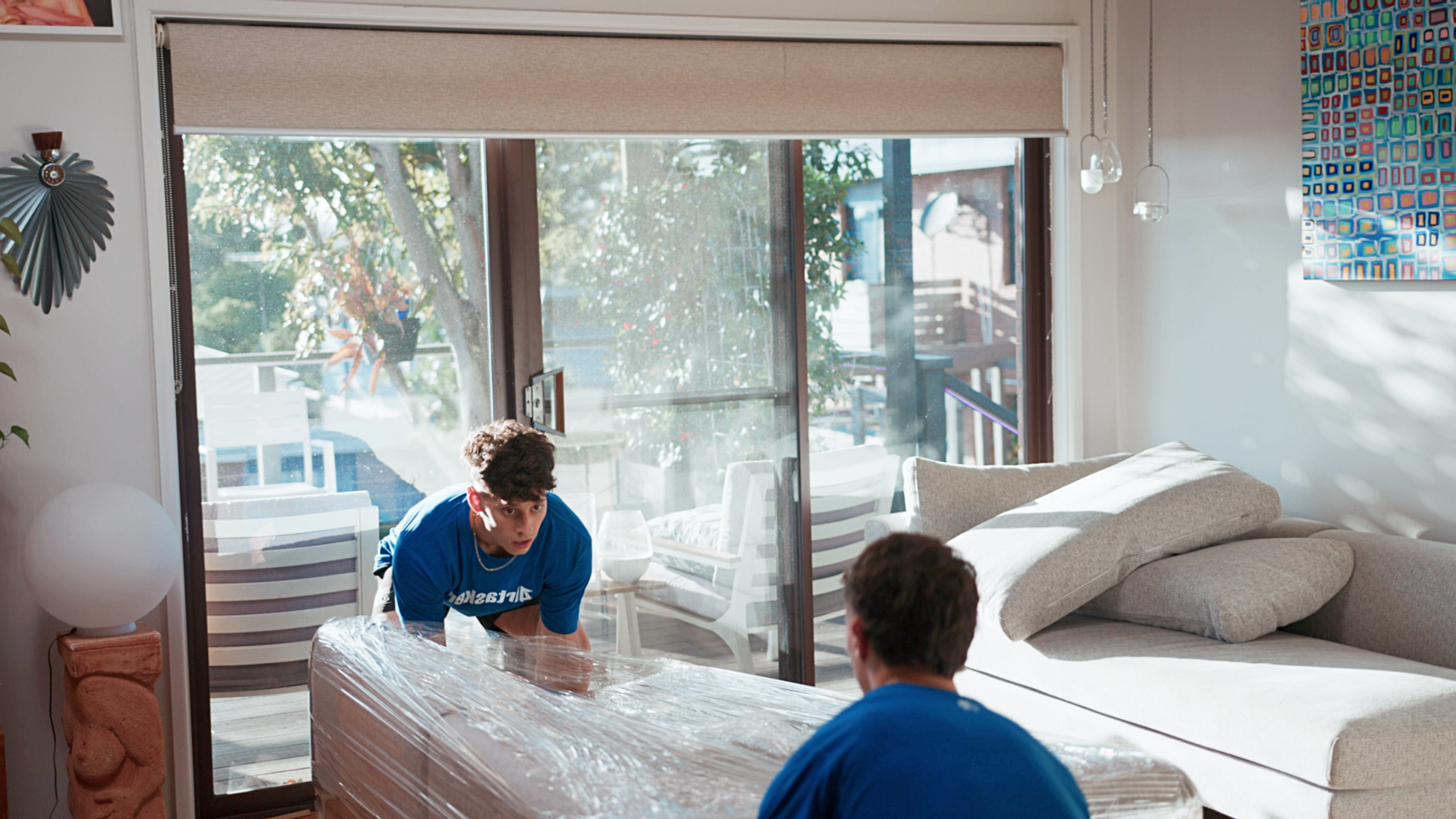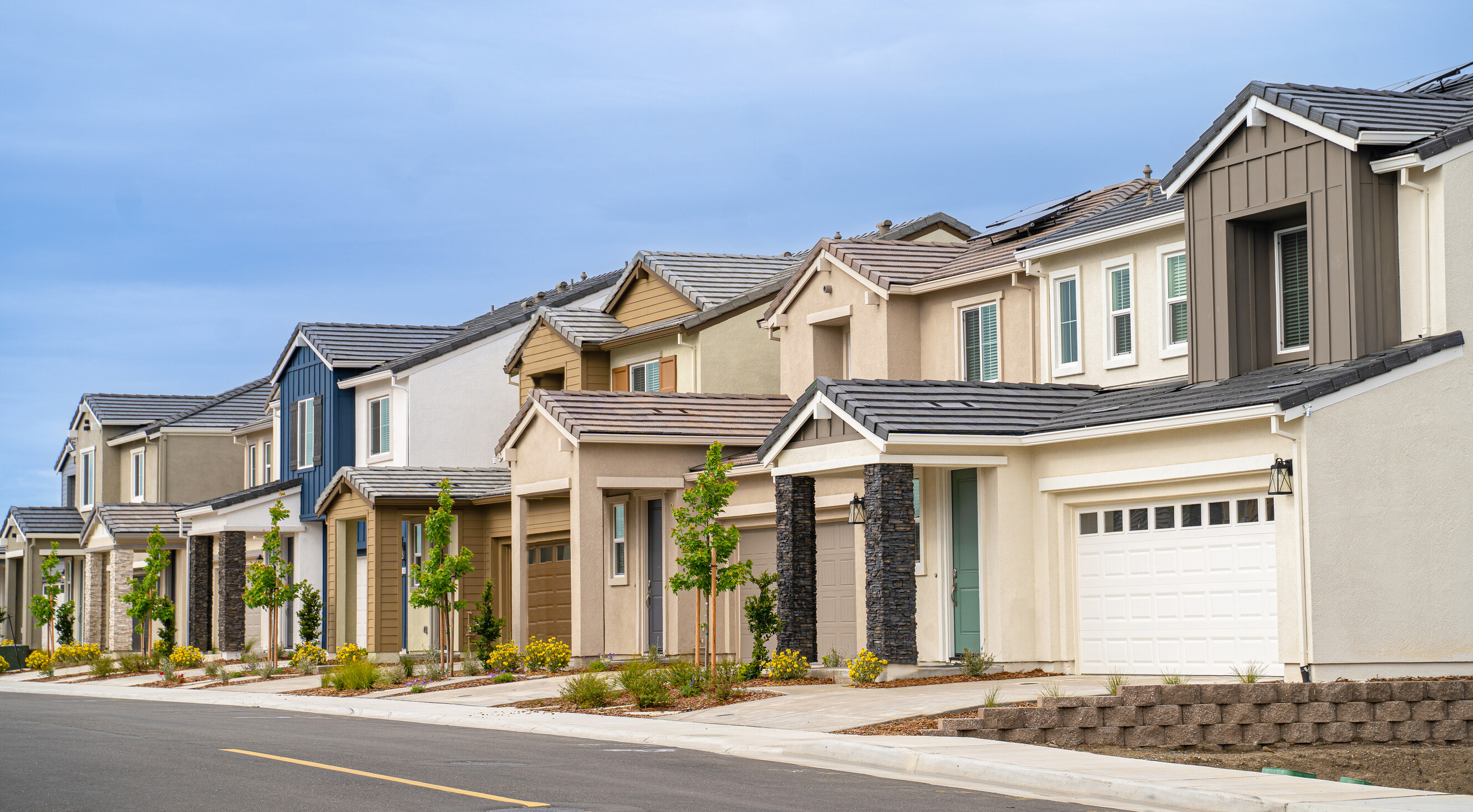
- Home/
- Comparisons/
- Removals/
- Apartment vs House
Apartment vs house: Which is better for your next move?
Comparing houses and apartments in terms of cost, space, upkeep, and more.
Last Updated on

Written by Genine T.
Staff Writer
Read more about our contributor
Key Facts
An apartment is a unit within a shared building that offers convenient city living, building amenities, and minimal maintenance responsibilities.
A house is an independent property with private land that provides more living space, complete privacy, and freedom to modify or expand the property.
One of the biggest decisions facing first-time buyers and those moving out of their existing space today is the classic apartment vs house dilemma. With buying or renting a home becoming increasingly unaffordable for the average Australian, every dollar counts more than ever. Skyrocketing house prices, rental increases, and a shortage of social housing mean we’re all looking for ways to make our money go further when choosing the right type of home.
If you’re weighing up your options, there’s no simple answer to the house vs apartment debate. You need to consider factors like location, available space, investment potential, lifestyle preferences, and ongoing fees. To help you make an informed decision, this comparison guide will walk you through the pros and cons of each based on what should really matter.
What is an apartment?
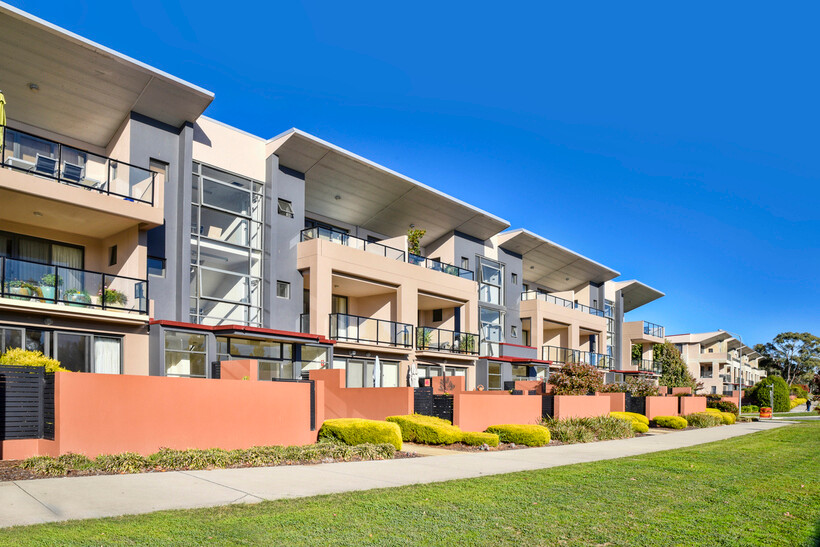 Modern apartment complex lined along a sidewalk and green space. (Source: iStock)
Modern apartment complex lined along a sidewalk and green space. (Source: iStock)
An apartment is a self-contained housing unit that sits within a larger building, sharing walls and common spaces with other residents. Perfect for city dwellers and those chasing convenience, apartments put you right in the heart of the action with cafes, transport, and entertainment steps away. Layout-wise, you can expect a compact open-plan layout with a kitchen, bedroom, bathroom, and living area.
Since you don’t own the apartment, you can expect to pay body corporate fees to handle building maintenance, security, and amenities like elevators, central heating, and security systems. Modern apartment complexes in Sydney and Melbourne even include premium facilities like pools, gyms, and rooftop terraces. This setup is ideal for those seeking low-maintenance living, where you can focus on enjoying your urban lifestyle rather than weekend maintenance tasks.
What is a house?
 Row of traditional houses featuring red tile roofs and white picket fences. (Source: iStock)
Row of traditional houses featuring red tile roofs and white picket fences. (Source: iStock)
A house is a detached residential building that sits on its own plot of land with no shared walls in sight. You’ll have complete control over your space, from the front garden to the back deck, making it perfect for families wanting room to spread out or anyone dreaming of their veggie patch. Inside, you’ll typically find separate living areas, multiple bedrooms, and often bonus spaces like a study or rumpus room.
The real advantage of investing in a house is total ownership and freedom. Want to knock down a wall, add a deck, or paint the exterior hot pink? It’s your call. Houses also offer genuine privacy and space to breathe, with front and backyards that become extensions of your living area for BBQs, kids’ play, pet playground, or simply enjoying a quiet morning coffee in your own garden sanctuary.
House vs apartment: What are their differences?
Choosing between a house and an apartment is one of the biggest decisions you’ll make, and it goes way beyond just price. In this section, let’s break down the key differences to help you decide which option suits your needs, budget, and goals.
In terms of cost
Many people ask, “Are apartments cheaper than houses?” and on the surface, they often are. However, it really depends on how you weigh up the total costs. In Australia’s big cities, the median weekly rent reaches $643, with the highest rent levels being from Sydney at $773, Melbourne at $604, and Brisbane at $658. Beyond rent payments, apartments come with strata fees covering shared maintenance, lifts, utilities in the common areas, and building insurance. Depending on your space, there might be additional fees for parking or pet approvals.
As for houses, the median house price sits at $815,912, but location makes all the difference. For instance, Sydney hits $1,186,459 while more affordable spots like Darwin come in at $506,591 and Hobart at $661,544. Owning a house means you’ll also need to juggle separate bills for everything, including maintenance (expect 1-4% of your home’s value annually), utilities, council rates, home insurance, and those surprise repair costs when the hot water system decides to quit.
In terms of location
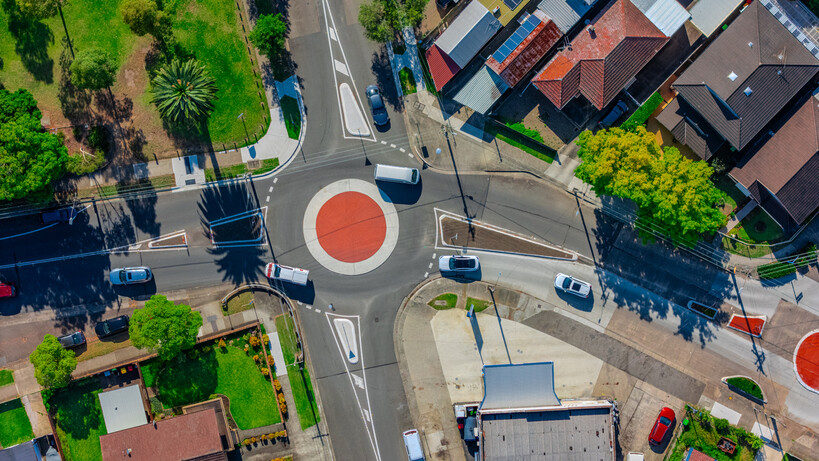 Overhead view of houses located near a busy suburban roundabout. (Source: iStock)
Overhead view of houses located near a busy suburban roundabout. (Source: iStock)
When choosing between a house or apartment, consider your job, kids’ schools, social life, and daily routine. Factor in your commute, where you spend weekends, and whether you’d rather be close to the city or enjoy quieter suburban streets. Additionally, you need to consider where you’re living now. For instance, if you’re worried about house removal costs or moving gym equipment or heavy furniture, staying in the same area might save you thousands in moving expenses.
If you’re after convenience, apartments often tick the box since they’re usually close to train stations, shops, and work hubs. Inner-city areas also tend to offer better access to public transport, social spots, and employment opportunities.
On the other hand, houses give you more space but are often in the outer suburbs. These family-friendly neighbourhoods mean bigger blocks, good schools, and local parks. Still, they’re typically 20–45 kilometres from the city, so you’ll trade a backyard and privacy for longer commutes and more time in the car. Keep in mind that you can still find houses closer to the city, but expect to pay a premium for land value.
In terms of space
If there’s one factor where you can clearly see the difference between house and apartment living, it’s space. Australian houses average 242 square metres, while apartments offer just 138.3 square metres, with some city micro apartments squeezing into tiny 26-28 square metres spaces.
Those extra square metres in houses translate to multiple bedrooms, separate living and dining areas, dedicated storage spaces, and often garages or carports. You’ll typically get larger kitchens, walk-in wardrobes, and the flexibility to create specialised rooms as needed. The only trade-off is that more space means higher heating and cooling costs, plus more cleaning and maintenance to manage.
If you’d like only the basic spaces, investing in apartments is perfect for you. Apartments generally have efficient layouts that maximise every square metre, so you’ll have all the basic rooms you’ll ever need. However, that same smaller footprint brings challenges like narrow stairways, tiny doorways, elevator restrictions, and often no parking when moving in. The upside of living in an apartment is that since there’s less space, you might also have lower utility bills, minimal cleaning, and zero yard maintenance.
In terms of maintenance
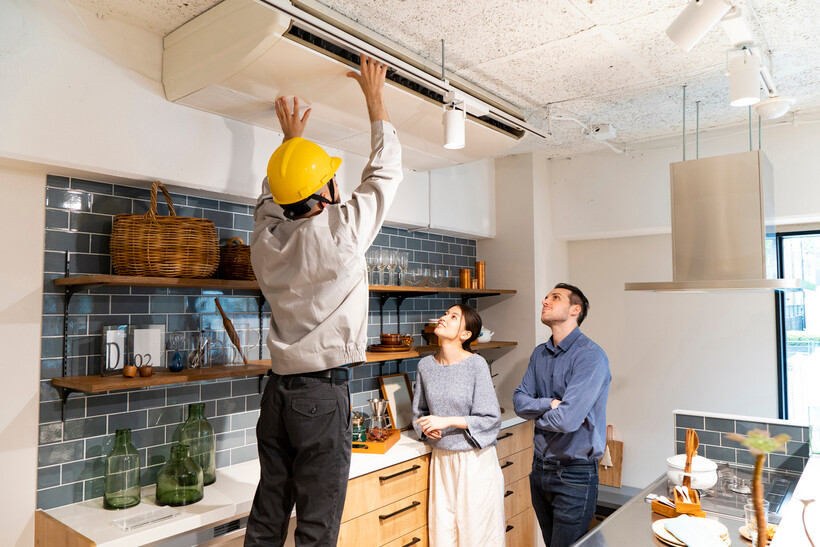 Routine air conditioner service being conducted in a stylish apartment. (Source: iStock)
Routine air conditioner service being conducted in a stylish apartment. (Source: iStock)
The apartment or house debate often depends on how hands-on you want to be with upkeep. Apartments streamline maintenance with one simple rule: call your property manager first. They handle everything from broken lifts to leaky taps in common areas, and most provide a list of approved tradies for internal repairs. Moving utilities like internet or gas is also quick since the building infrastructure already exists. However, structural changes or major appliance installations need body corporate approval, which can take months if other owners object.
As for houses, you’ll need to handle all the maintenance yourself. You will need trusted plumbers, electricians, gardeners, pest controllers, and time to organise them all, which can result in higher maintenance costs. The positive thing here is that you control every job’s budget, timing, and quality. Want premium materials or budget fixes? Your choice. Need furniture removal done this weekend? Book it without asking for permission. With houses, emergency repairs happen on your own timeline.
In terms of investment potential
When it comes to future returns, houses often come out ahead because land value tends to drive long-term growth. Owning the land can offer more stability through property market ups and downs, and houses in good suburbs usually hold or increase their value over time. You can also boost resale prices by adding features buyers love, like an extra bedroom, a modern kitchen, or an outdoor entertaining space.
If you’re only renting an apartment, you’re not building any investment or equity for the future. However, if you plan to buy apartments as an investment property, they can deliver steady rental income, especially in high-demand areas near universities, transport, or CBD hubs. Vacancy rates are often lower for well-located units, and they can be easier to rent out than large houses in outer suburbs.
In terms of lifestyle
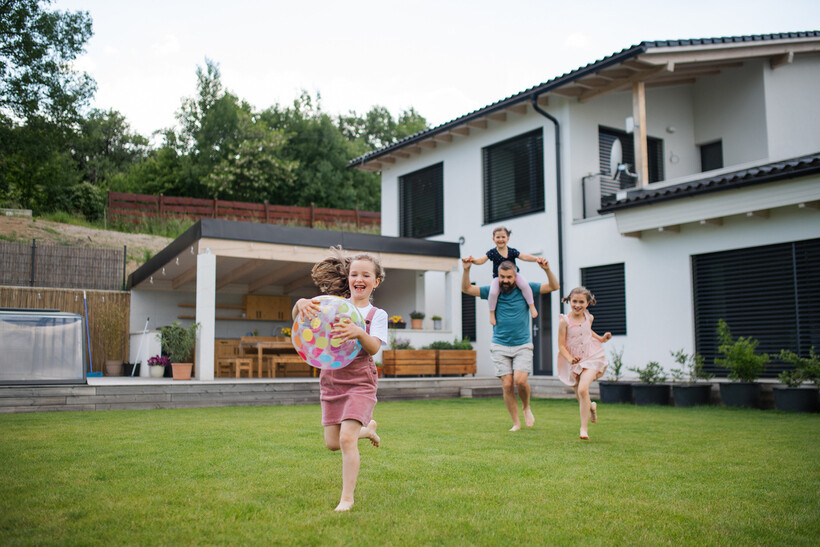 Family enjoying quality time outdoors in front of their modern house. (Source: iStock)
Family enjoying quality time outdoors in front of their modern house. (Source: iStock)
Apartments mean closed-quarters living with both upsides and trade-offs. You’ll hear neighbours through walls, bump into people in shared spaces like lifts and lobbies, and navigate building rules that limit pet ownership and major renovation choices. In some apartments, you’ll even need permission to hang art! Fortunately, many complexes offer built-in perks you’d never afford solo, like rooftop pools, communal lounges, CCTV and intercom systems, and 24-hour concierge services.
As for houses, their main selling point is privacy and personal freedom. You can own pets without committee approval, host backyard events, and renovate or extend when ready. If you’re moving with kids, houses also offer the space and freedom children need. For example, you can create play spaces, set up trampolines or mini pools, and make noise without disturbing neighbours. While some gated estates have community guidelines, they’re far less restrictive than apartment living.
In terms of ownership flexibility
Between these two property types, houses provide the most flexibility. A house simply allows you to adapt your property however you like, whether you live there or rent it out. You can extend, knock down walls, build a granny flat, or subdivide the block if council zoning allows, which lets you add value on your terms. You decide when and how work gets done without adhering to strata regulations.
With an apartment, your changes are mostly limited to the inside of your unit. Major updates that affect the structure, external walls, or shared spaces need strata approval, and some plans might be blocked altogether. This means you have less flexibility to customise or add extra living space over time, which is worth considering if you want a home you can truly shape to fit your plans.
Get your new home ready with Airtasker
Whether you’ve chosen an apartment for its affordability and convenience or decided a house better suits your family’s needs, the next step is getting there safely and efficiently. Moving can be hard work and risky to tackle alone, so it pays to trust professional house and apartment removalists who know how to protect your furniture, appliances, and valuables.
Instead of risking damage or injury with a DIY move, hire trusted local help through Airtasker. From careful appliance removal to packing, heavy lifting, and secure transport, you can find house and apartment removalists with the right tools, insurance, and experience. Post your task, compare offers, and choose the best person to start the job.
Learn more about our contributors

Written by Genine T.
Staff Writer
Genine is a writer and educator with over seven years of experience. She has published peer-reviewed research papers, worked in academia, and created educational content for thousands of language learners. She discovered her passion for turning complex ideas into practical advice through writing about DIY topics like home improvement, furniture assembly, and household fixes. When she’s not writing, Genine enjoys curling up with her dogs and a good book.
Apartment vs house
Apartment |
House |
|
|---|---|---|
Cost |
Affordable entry point with predictable monthly costs |
Higher purchase price with variable expenses |
Location |
Walking distance to cafes, shops, and public transport |
Family neighbourhoods with gardens, but longer commutes |
Space |
Compact spaces with efficient layouts |
Multiple rooms and outdoor areas |
Maintenance |
Property manager or landowner handles most repairs |
You handle all maintenance yourself |
Investment Potential |
Good rental yields in prime locations |
Land ownership drives capital growth |
Lifestyle |
Urban amenities and shared facilities |
Privacy and complete personal freedom |
Ownership Flexibility |
Committee approval is needed for changes |
Renovate and extend whenever you want |
FAQs on apartments and houses
For most first-time buyers, an apartment is often the best choice if you want an easier move, less upkeep, and to live closer to work, shops, or public transport. However, a house may suit you better if you want more space for family, pets, or hobbies and value privacy and outdoor areas.
Apartments in Australia can increase in value, but growth usually depends on location, building quality, and demand. Well-located apartments near transport, universities, or city centres tend to hold their value better than older or poorly maintained blocks.
Start by decluttering ruthlessly since apartments have significantly less storage space than houses. Book early with removalists and consider backloading services to reduce moving costs, especially if you’re not in a rush with your moving timeline. Focus on keeping only essential furniture that fits apartment-sized rooms, and sell or donate larger items before the move to avoid storage fees.
Find removalists, fast
Post a task
Related articles

Tips for moving house with kids
Read more

How to pack artwork for moving
Read more
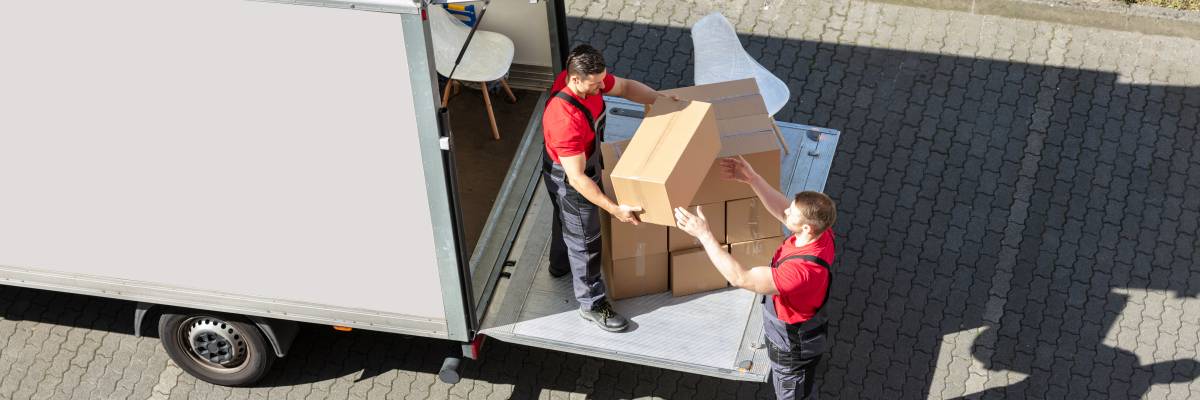
How much do removalists make?
Read more
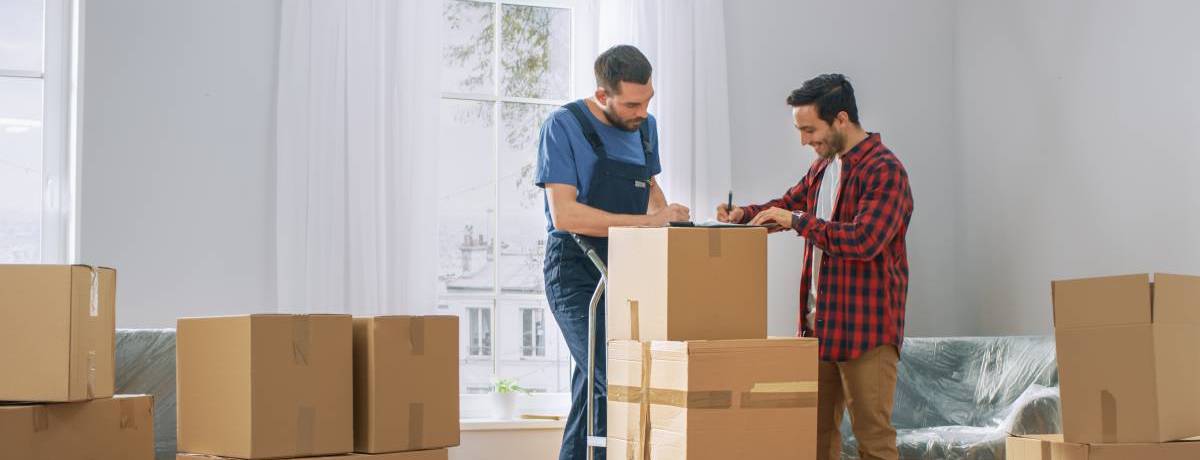
A guide to becoming a removalist
Read more
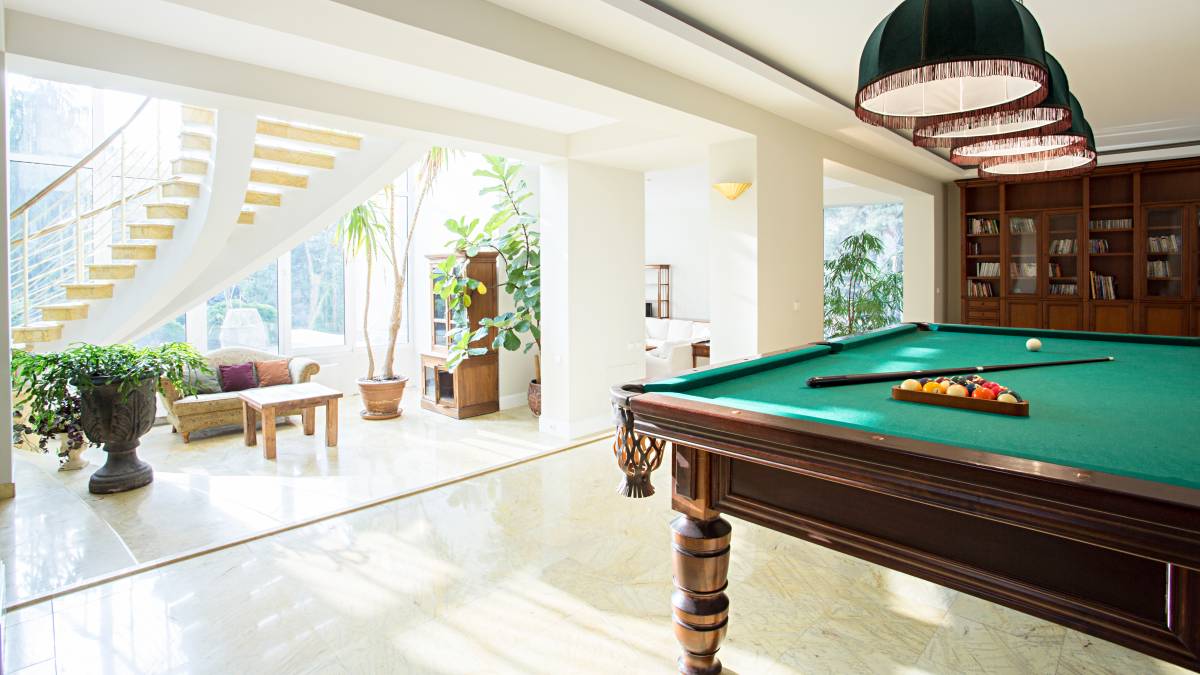
How to move a pool table
Read more

How to pack bedding for moving
Read more

How to pack books for moving
Read more

How to pack kitchen items
Read more
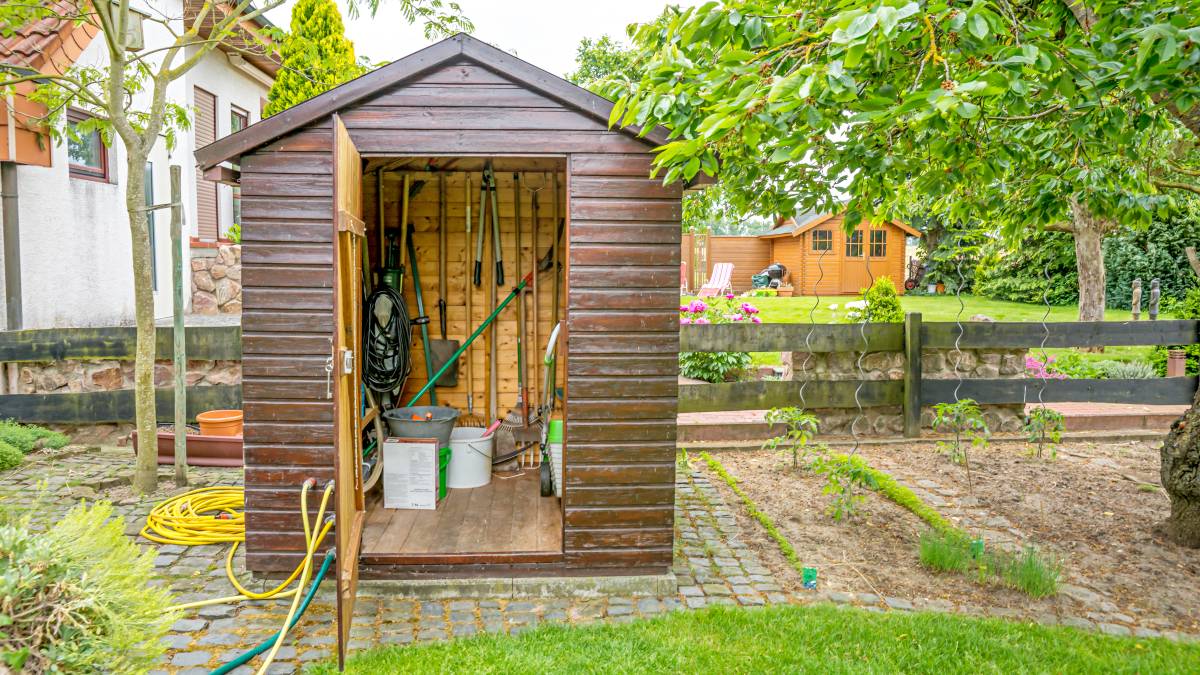
How to move a shed
Read more
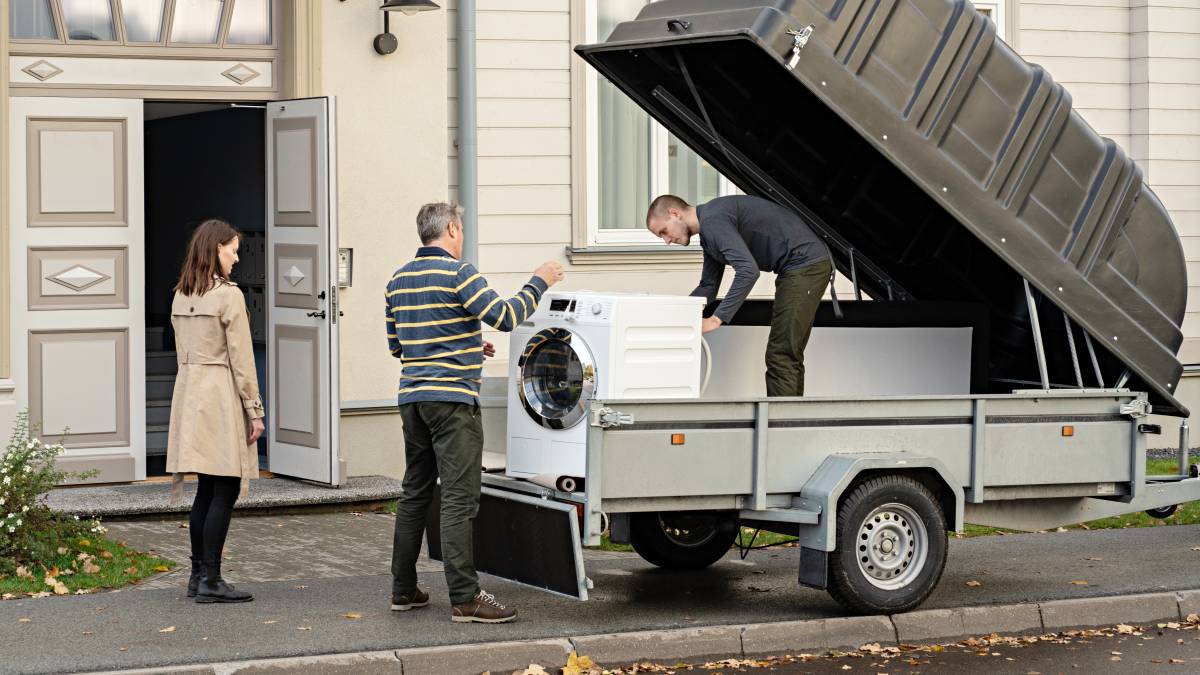
How to move a washing machine
Read more

How to move a pinball machine
Read more

What removalists won’t move
Read more
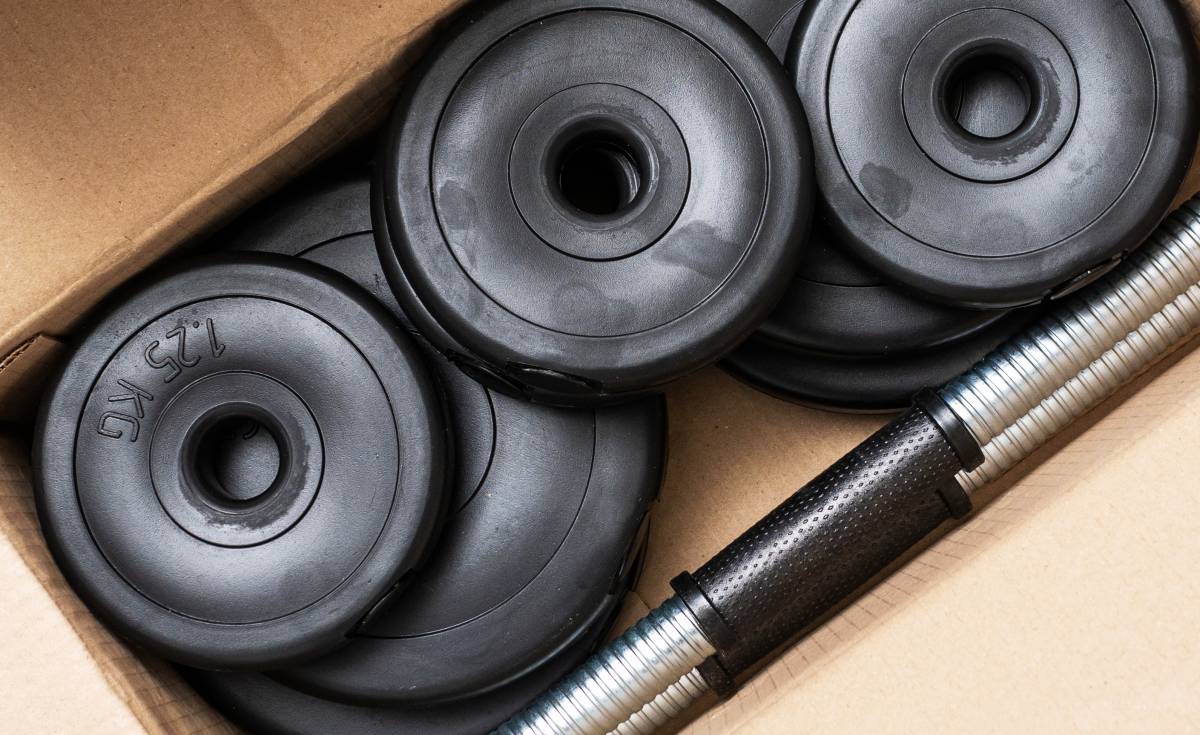
How to move gym equipment safely
Read more
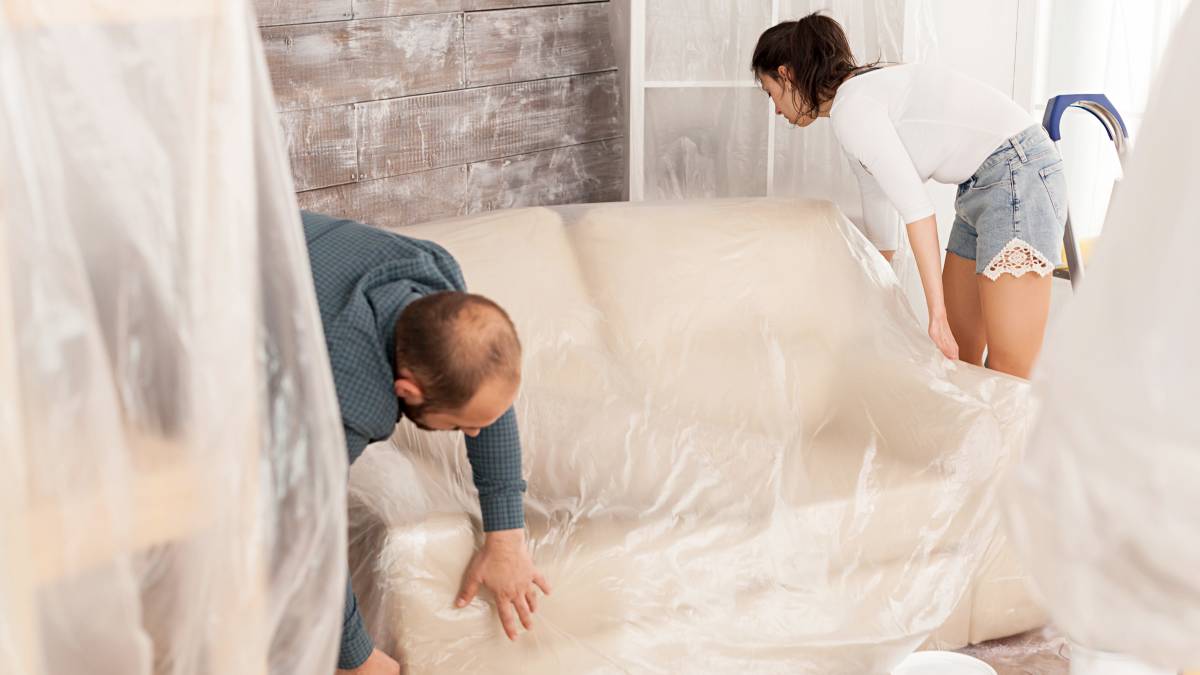
How to wrap furniture for moving
Read more

Moving interstate checklist
Read more
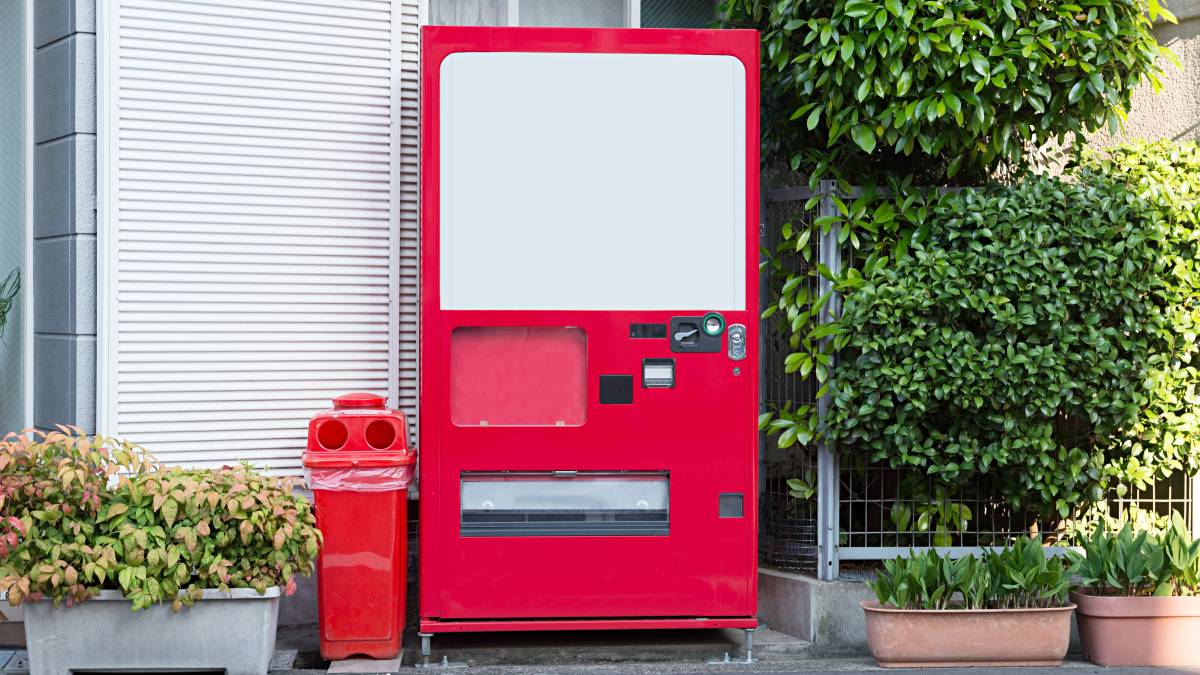
How to move a vending machine
Read more
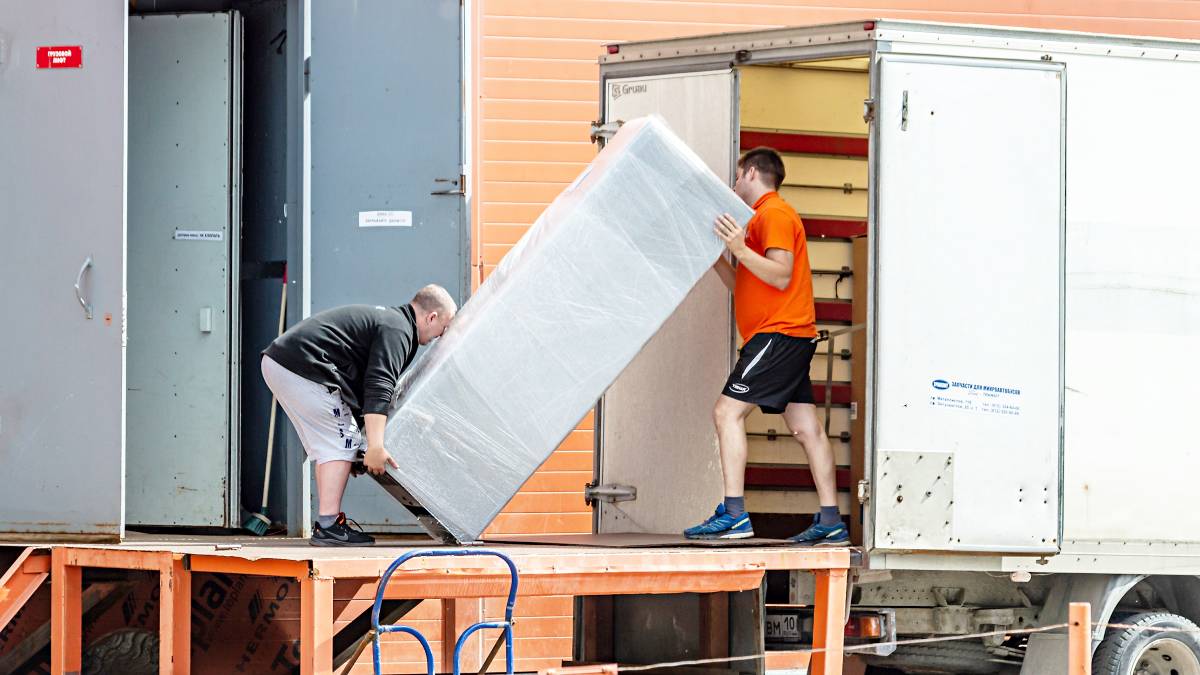
Moving a fridge: How to do it right
Read more
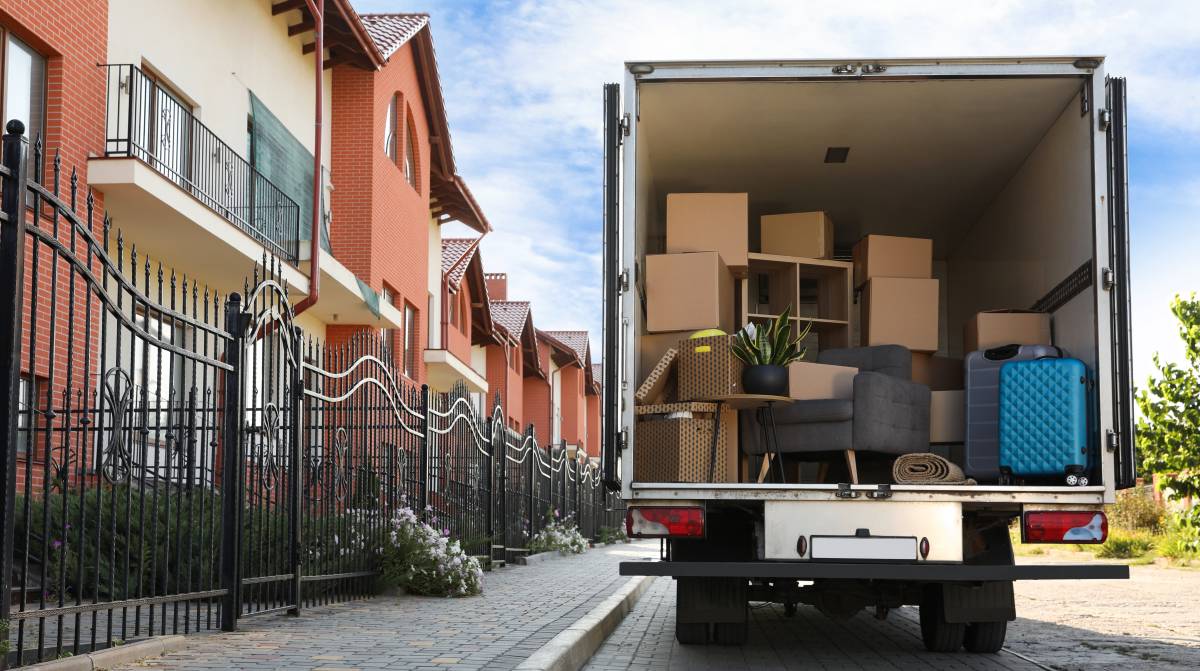
How to pack a moving truck
Read more
Related price guides
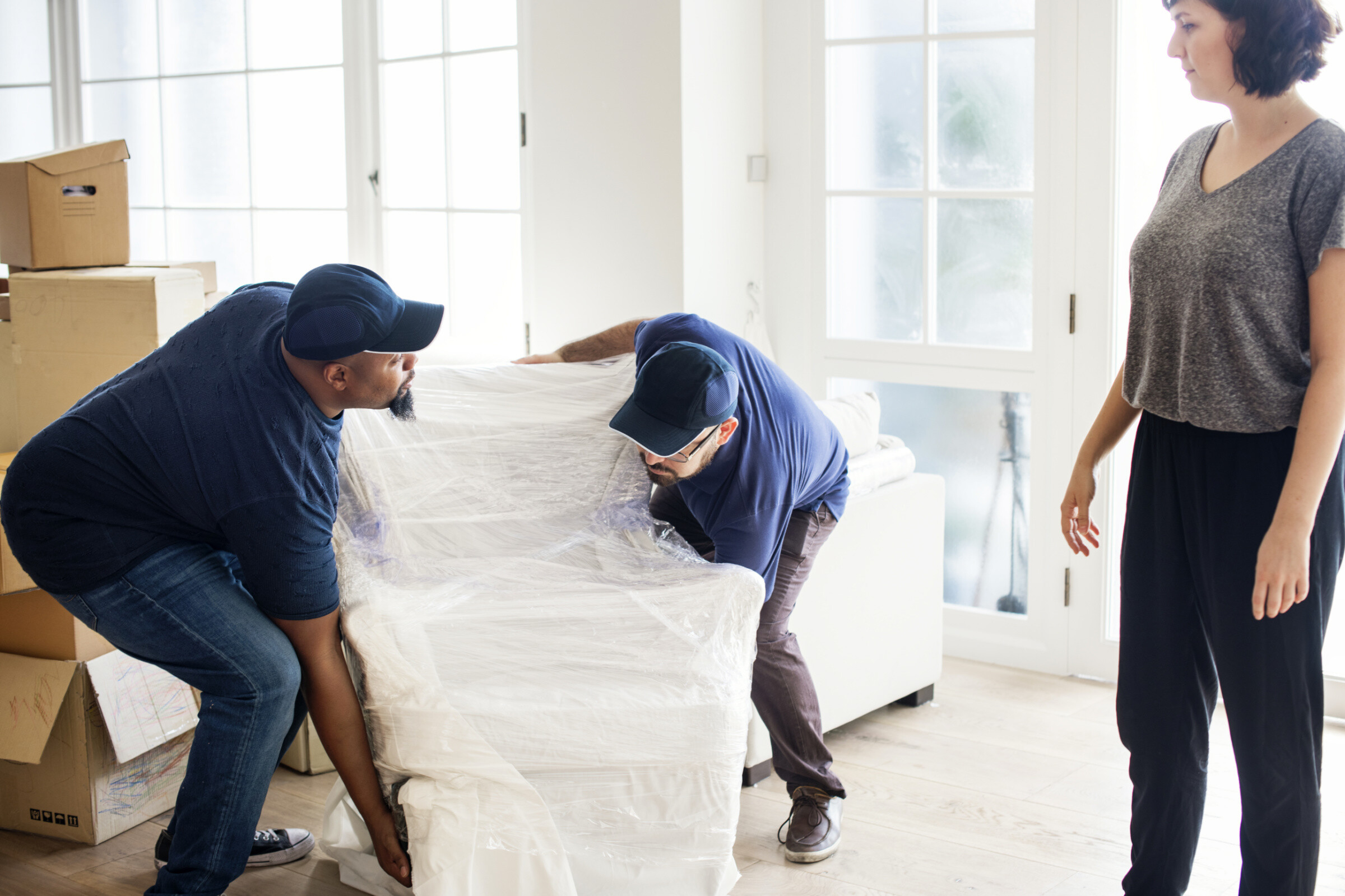
How much does it cost to move house?
Read more
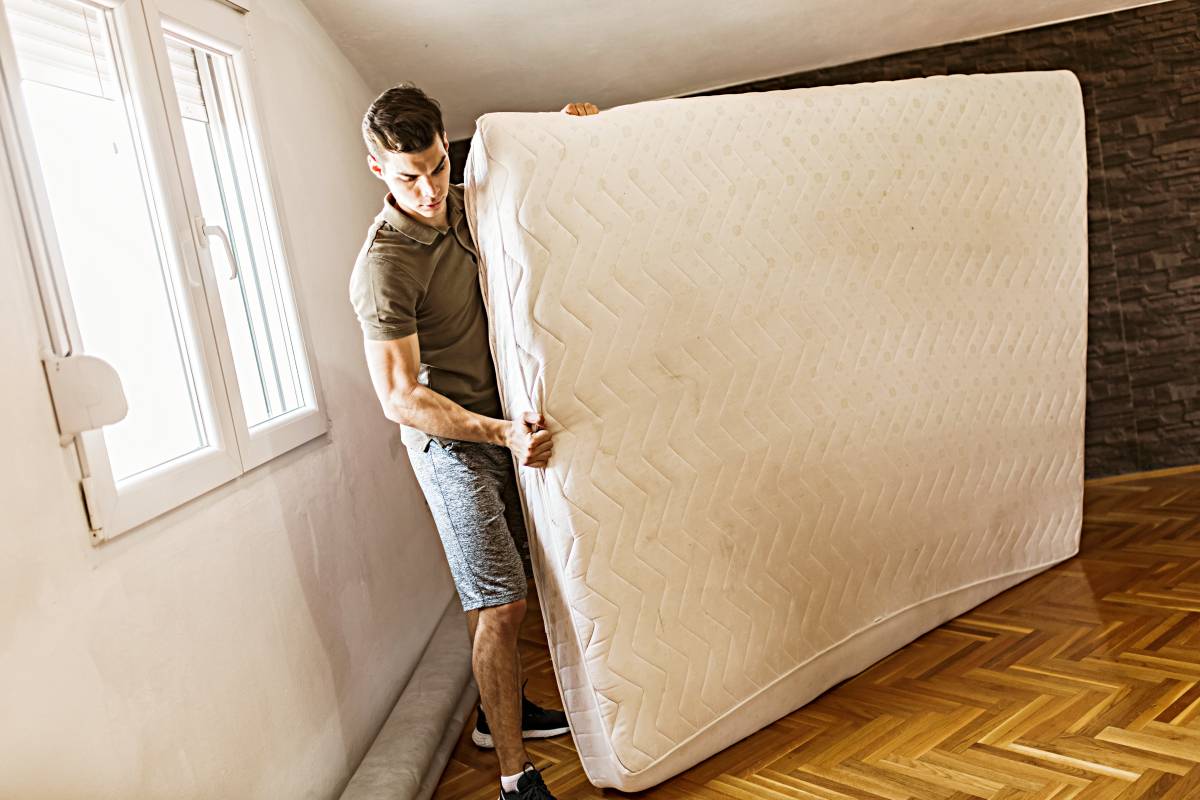
How much does mattress removal cost?
Read more
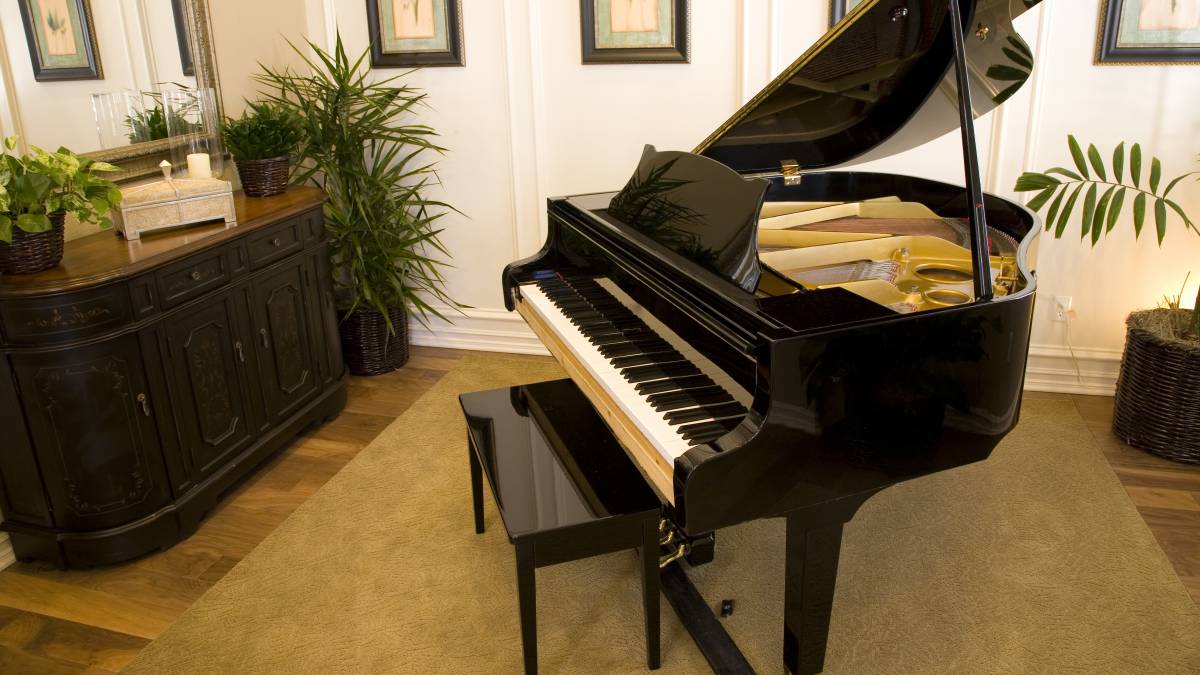
How much does piano moving cost?
Read more
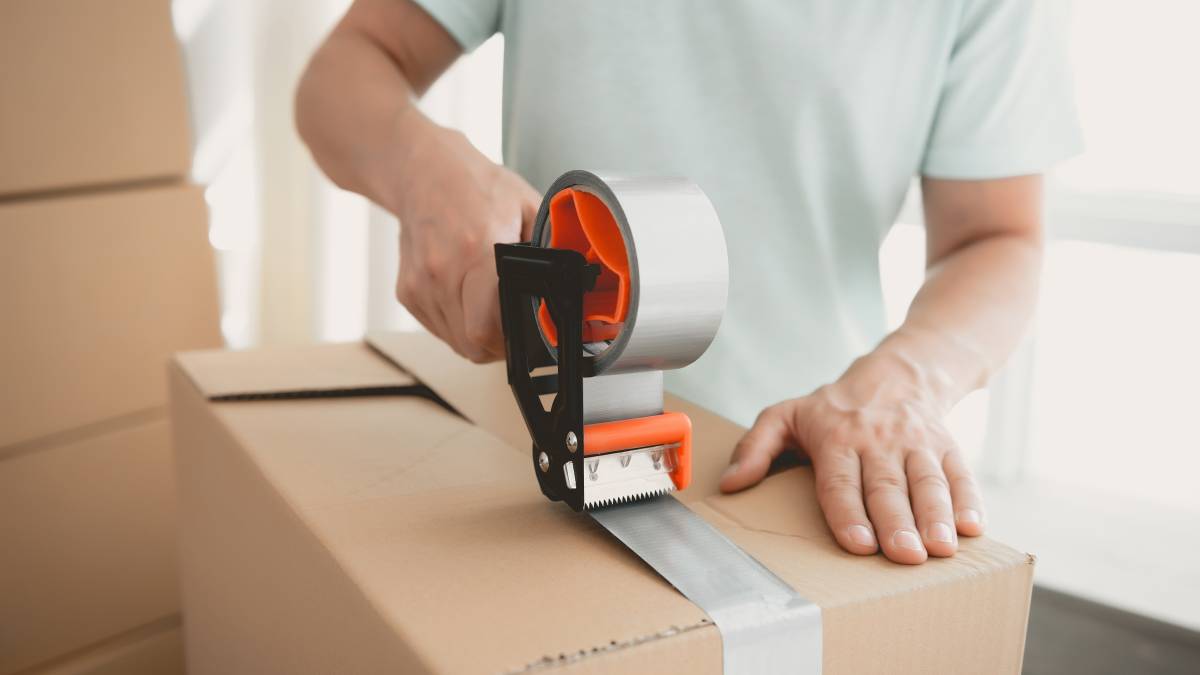
How much do packers cost?
Read more
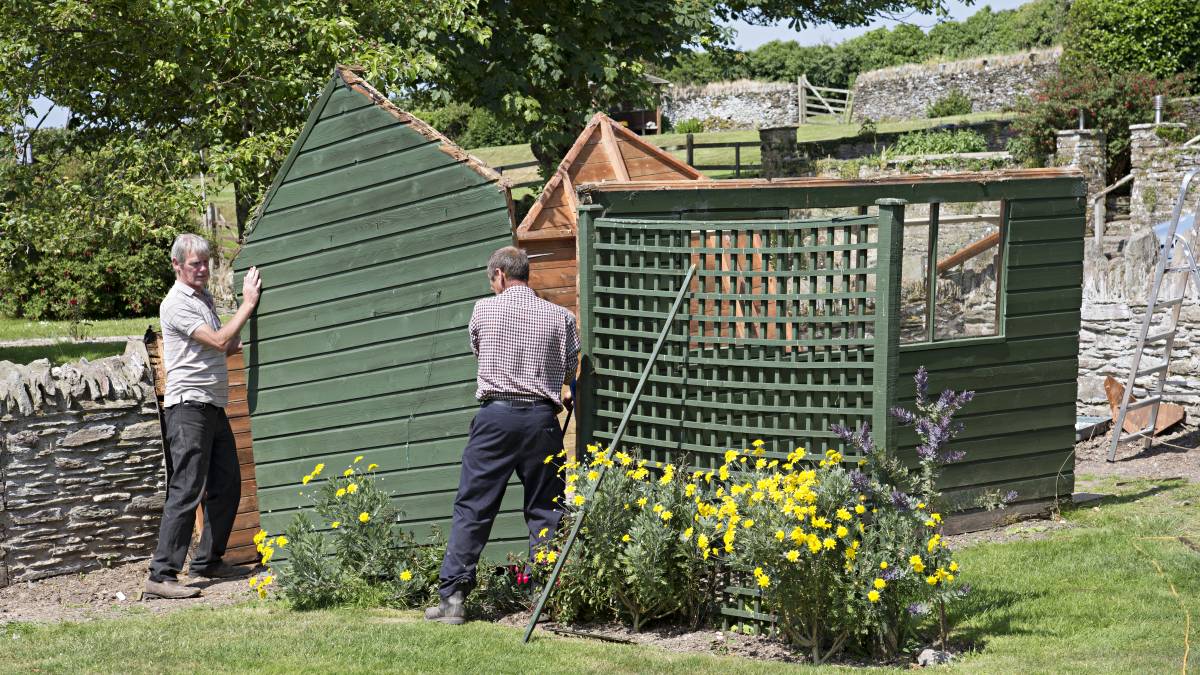
How much does shed removal cost?
Read more
